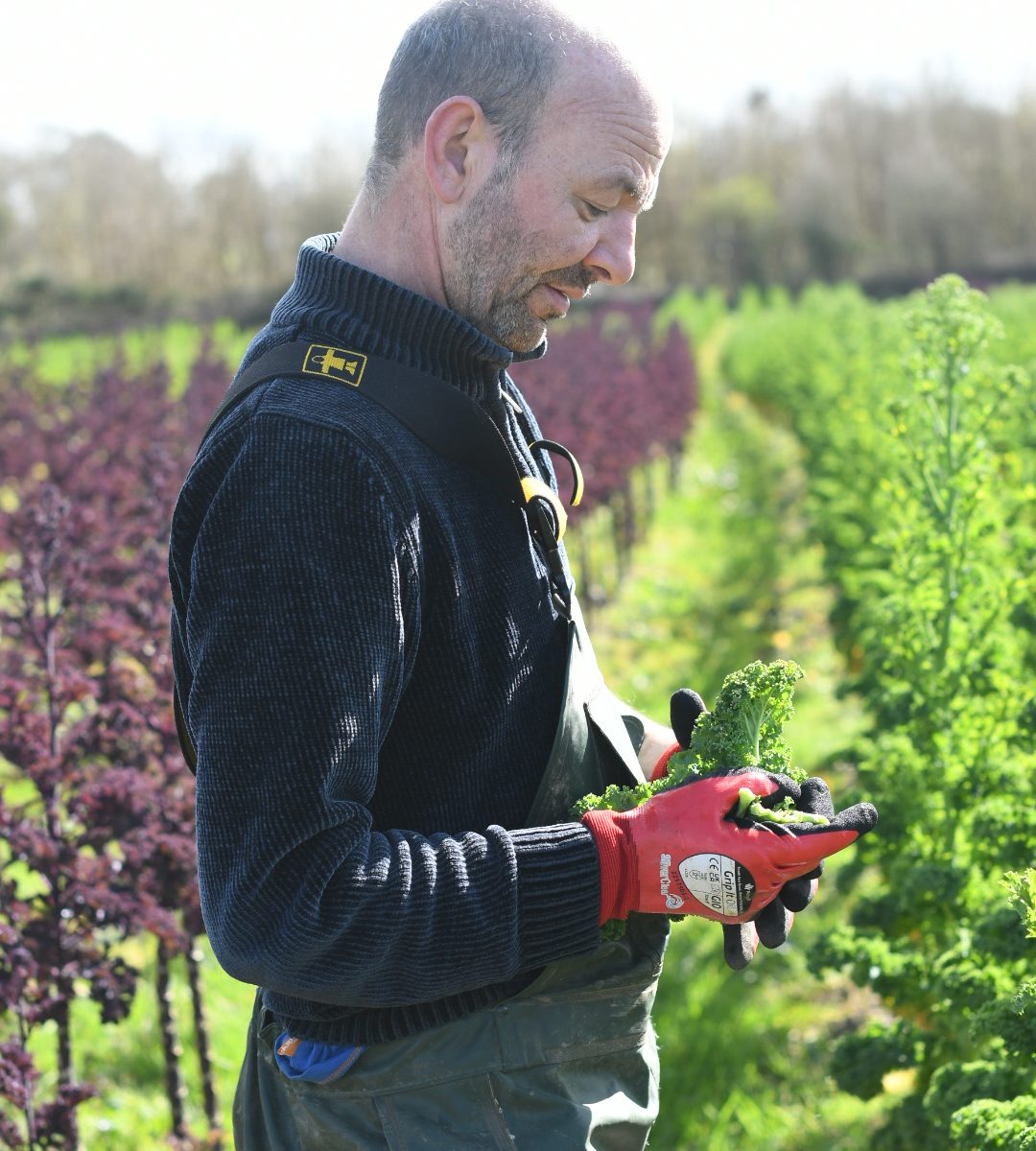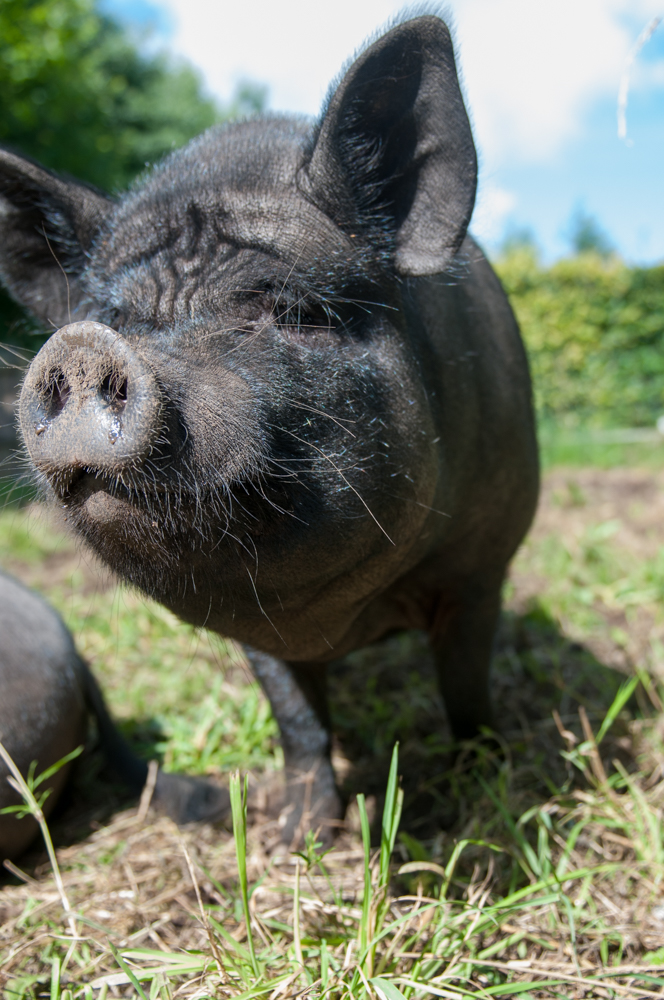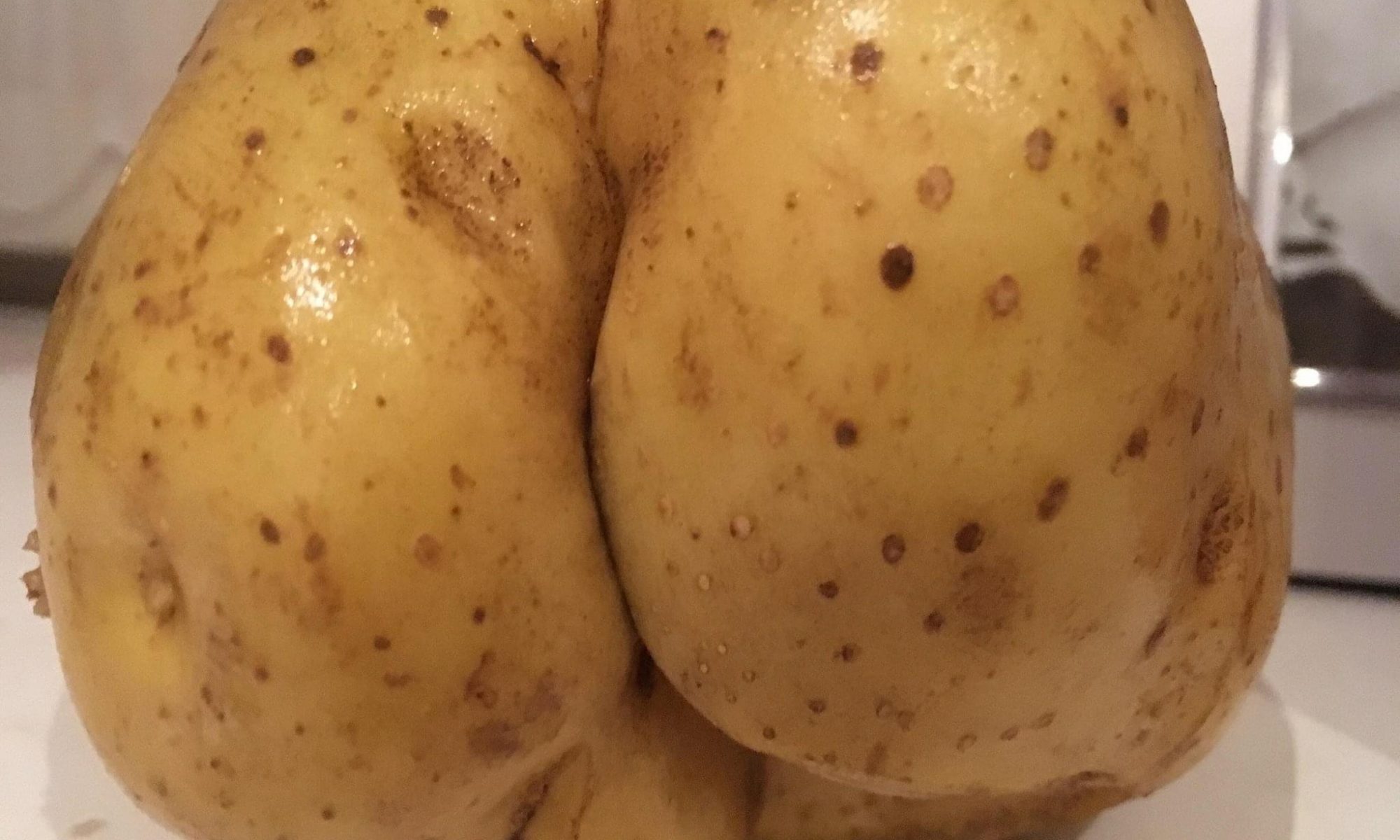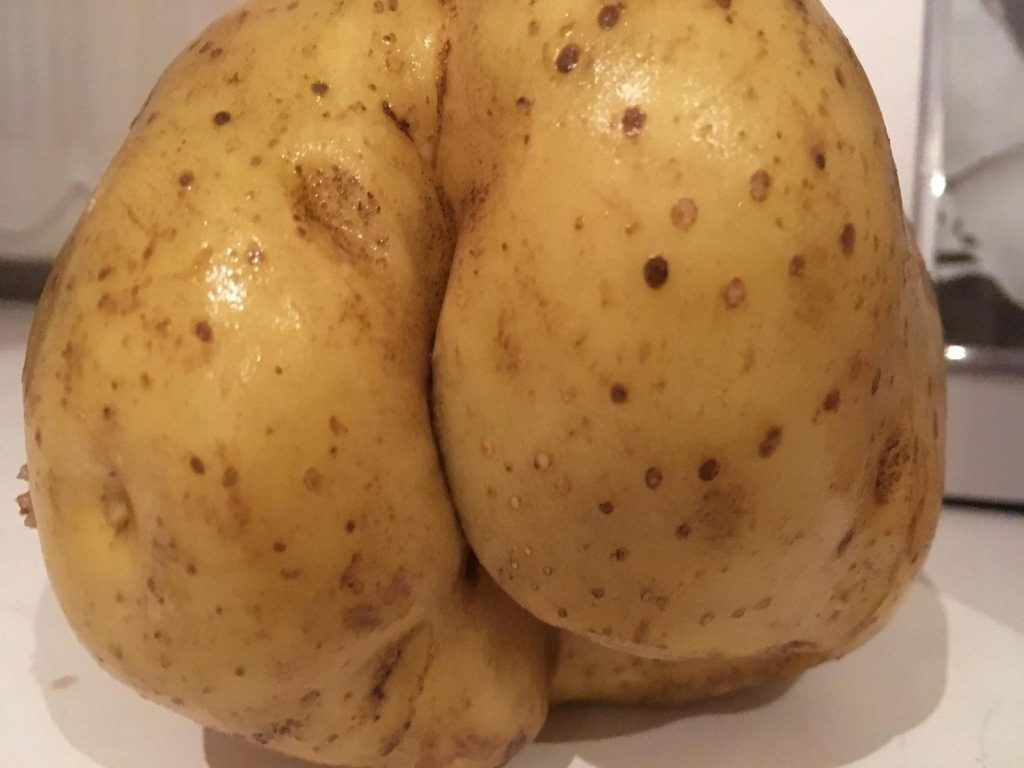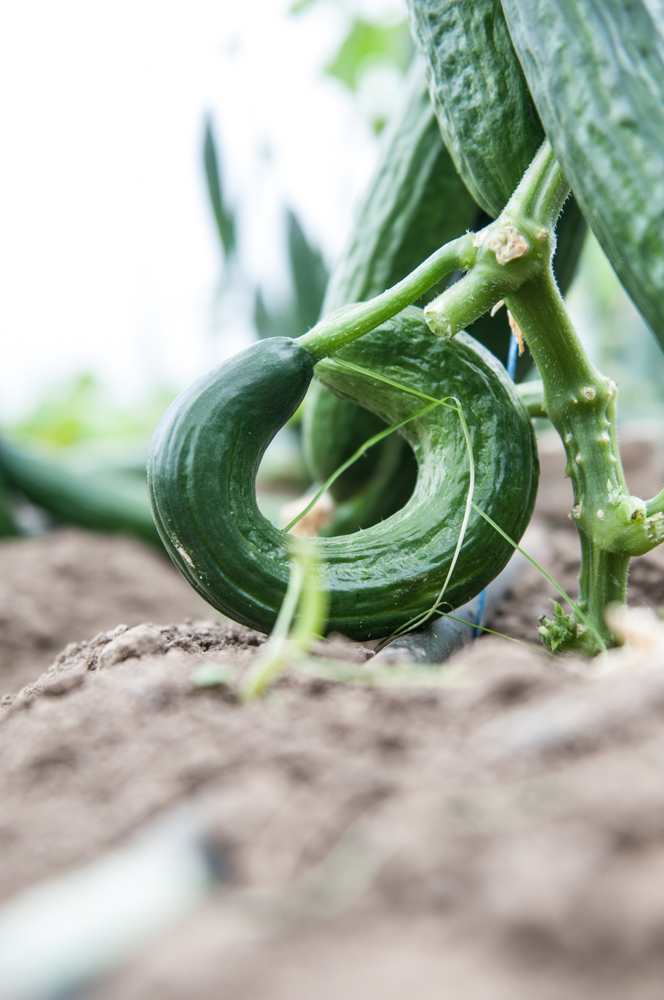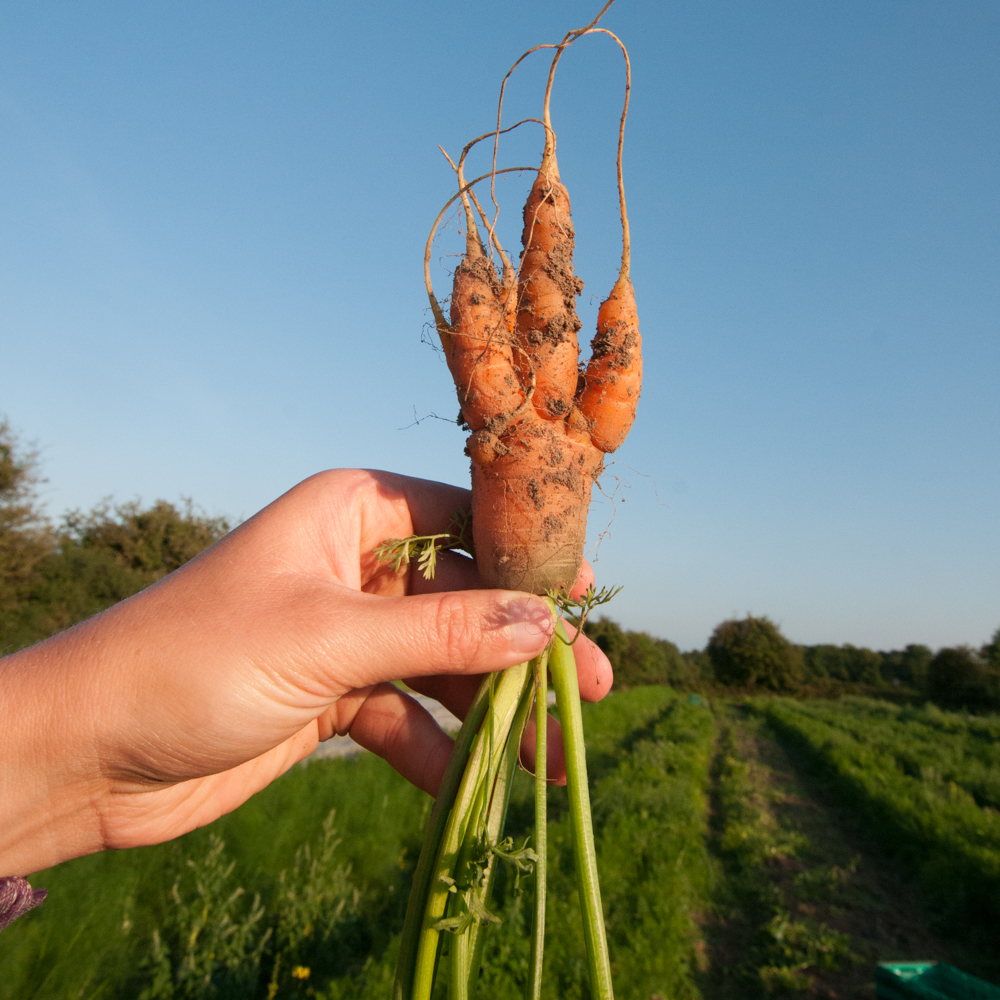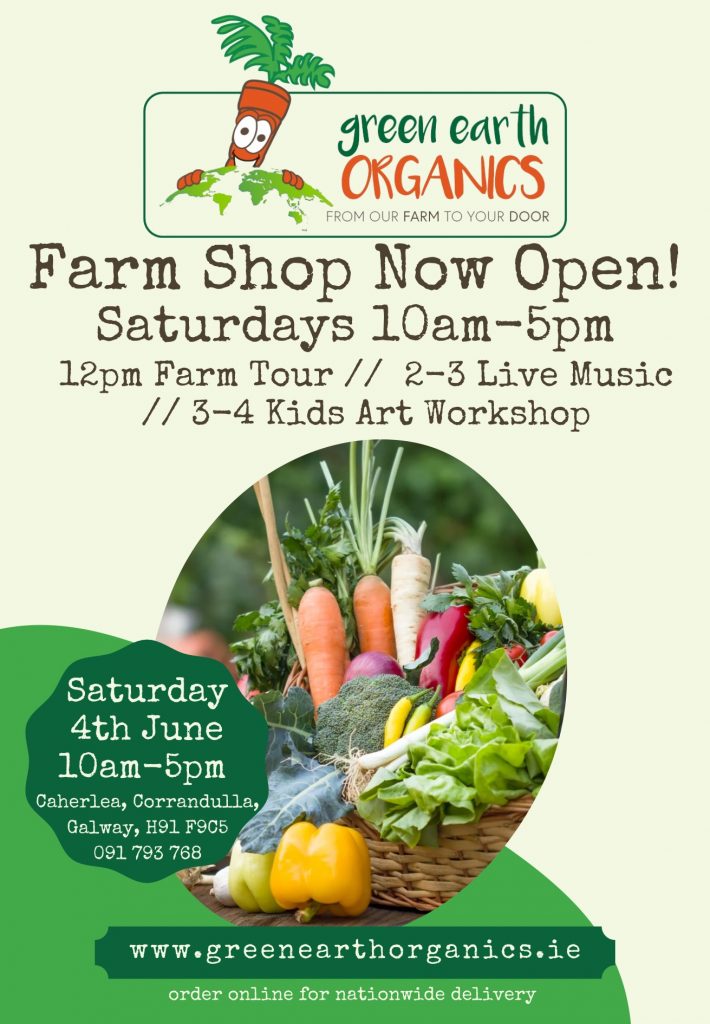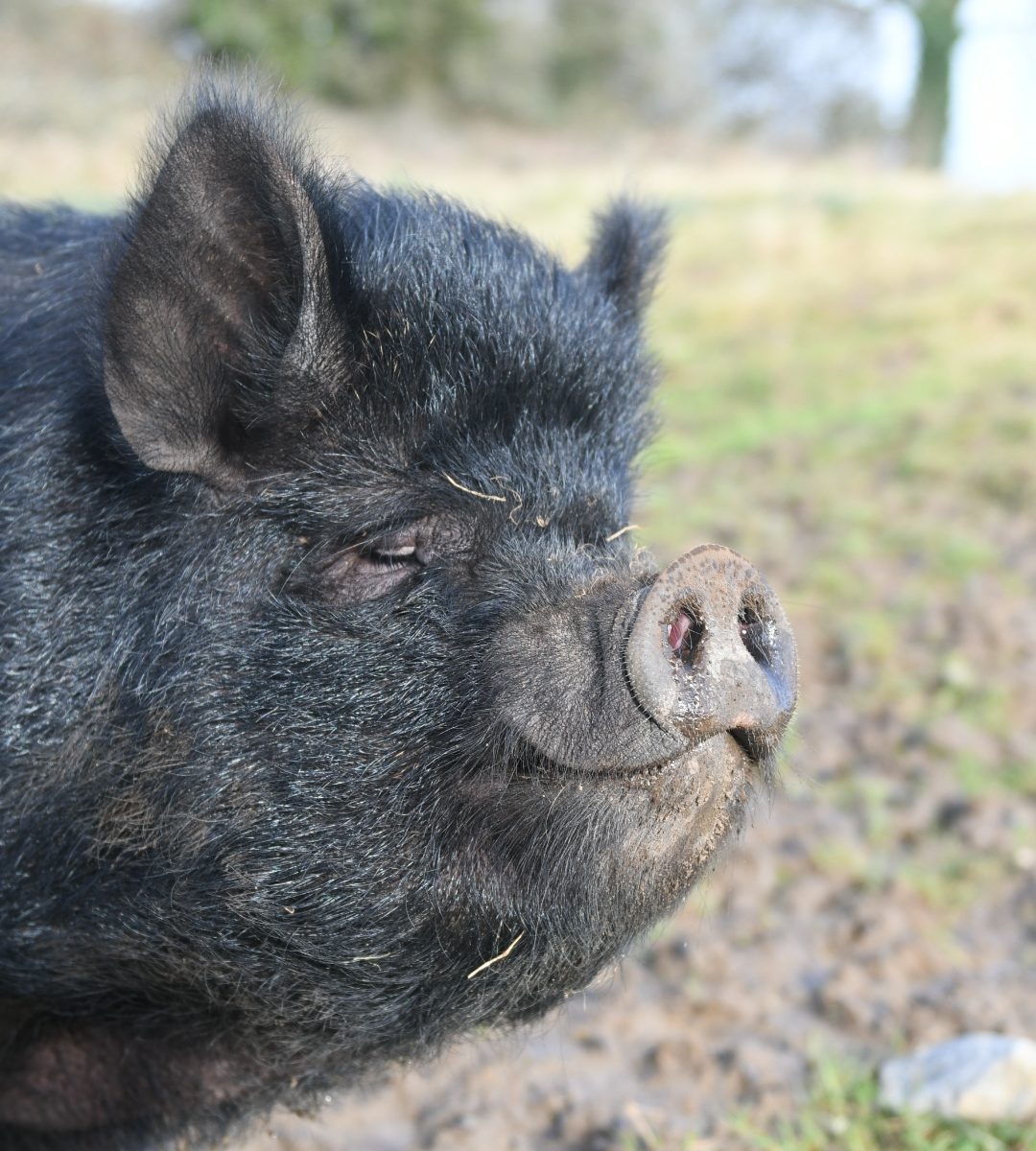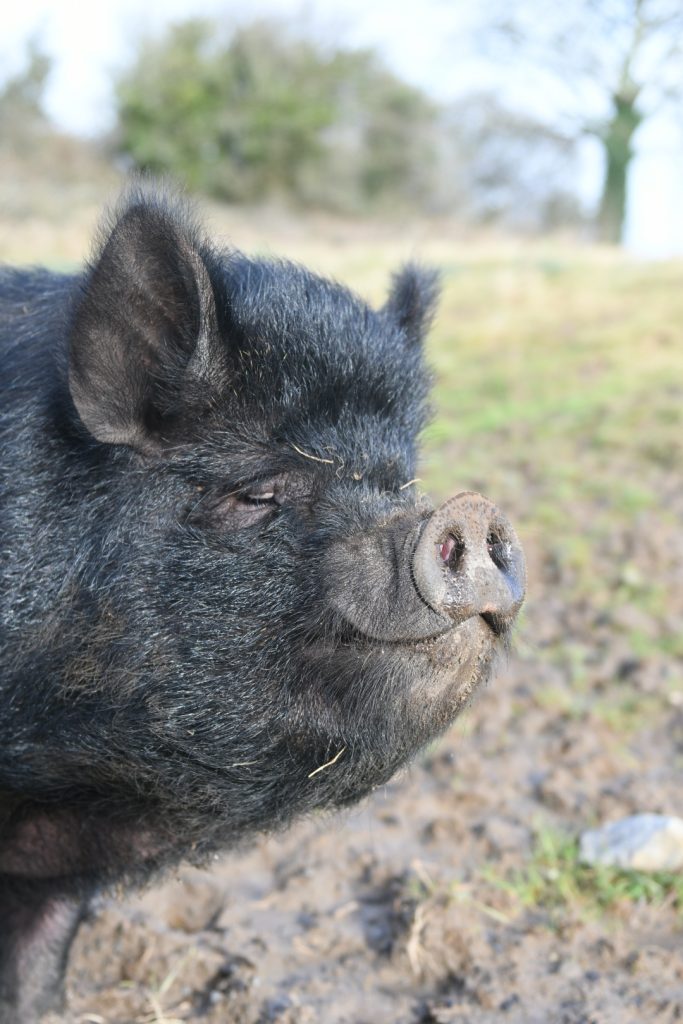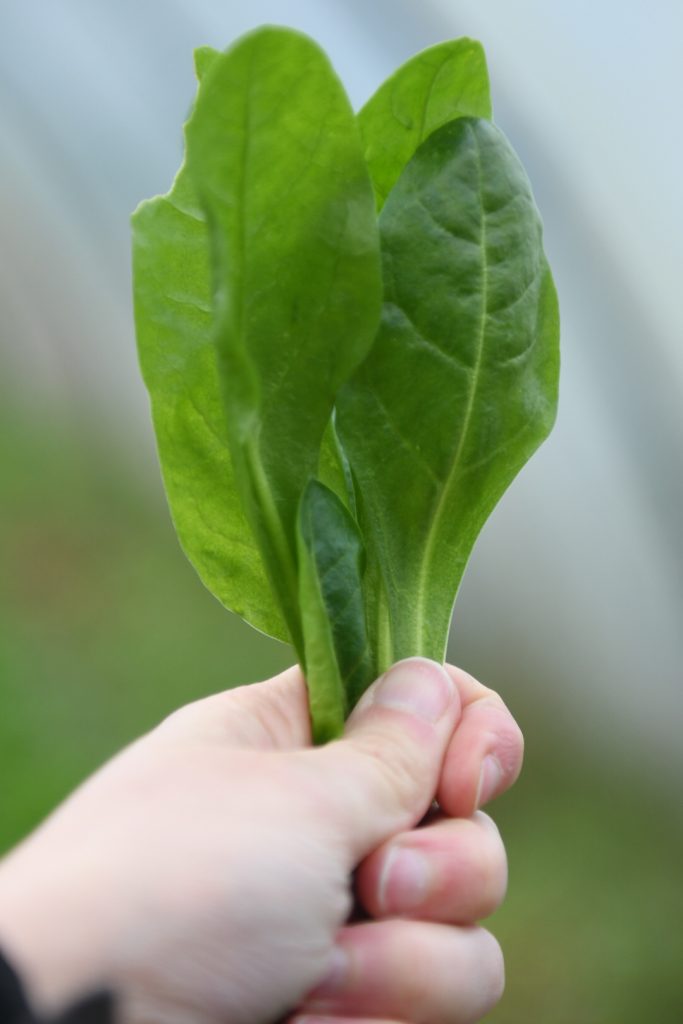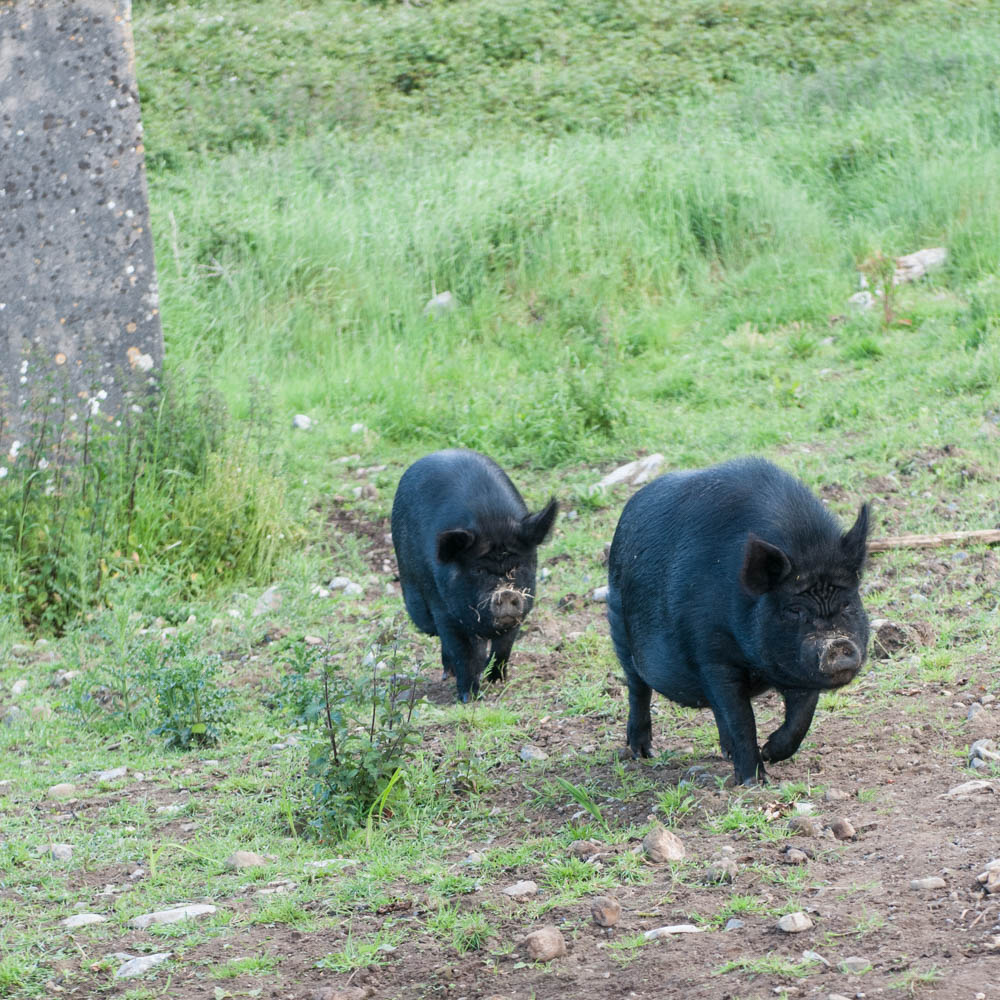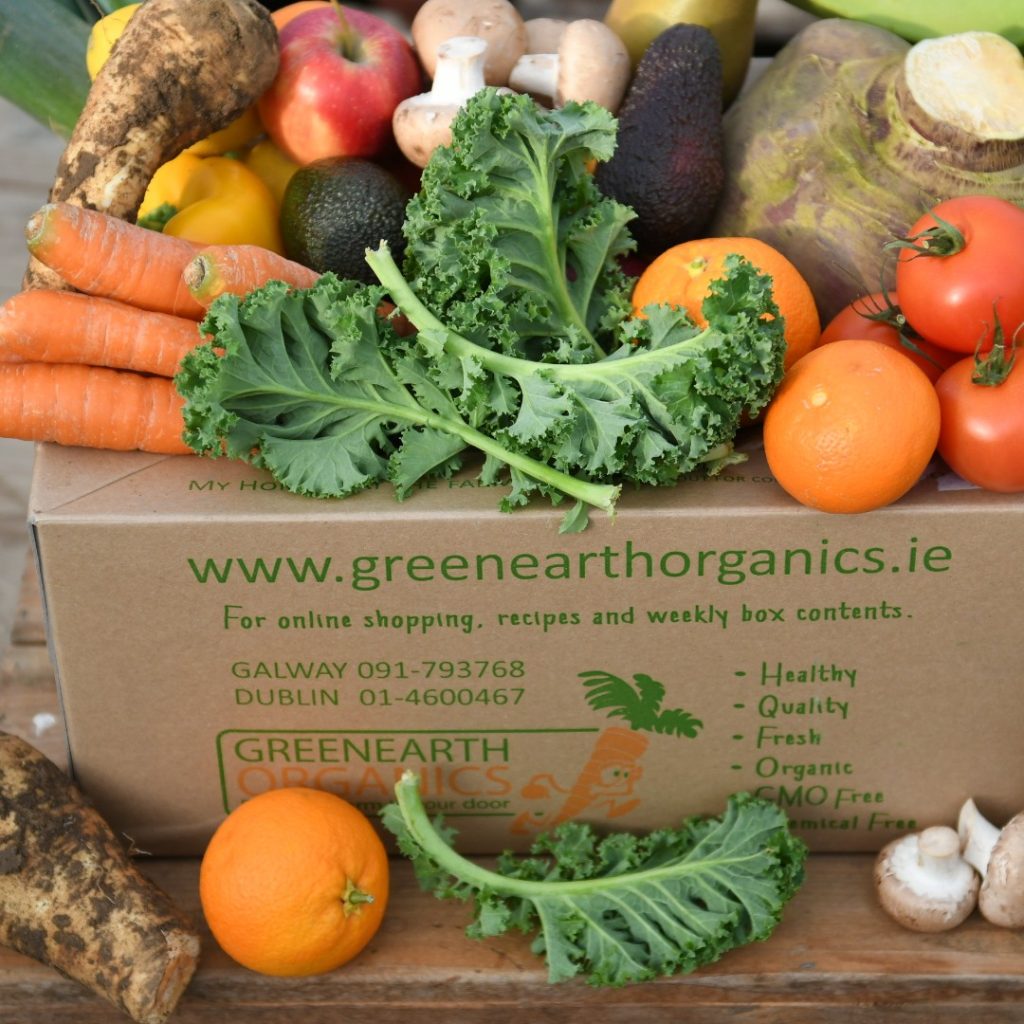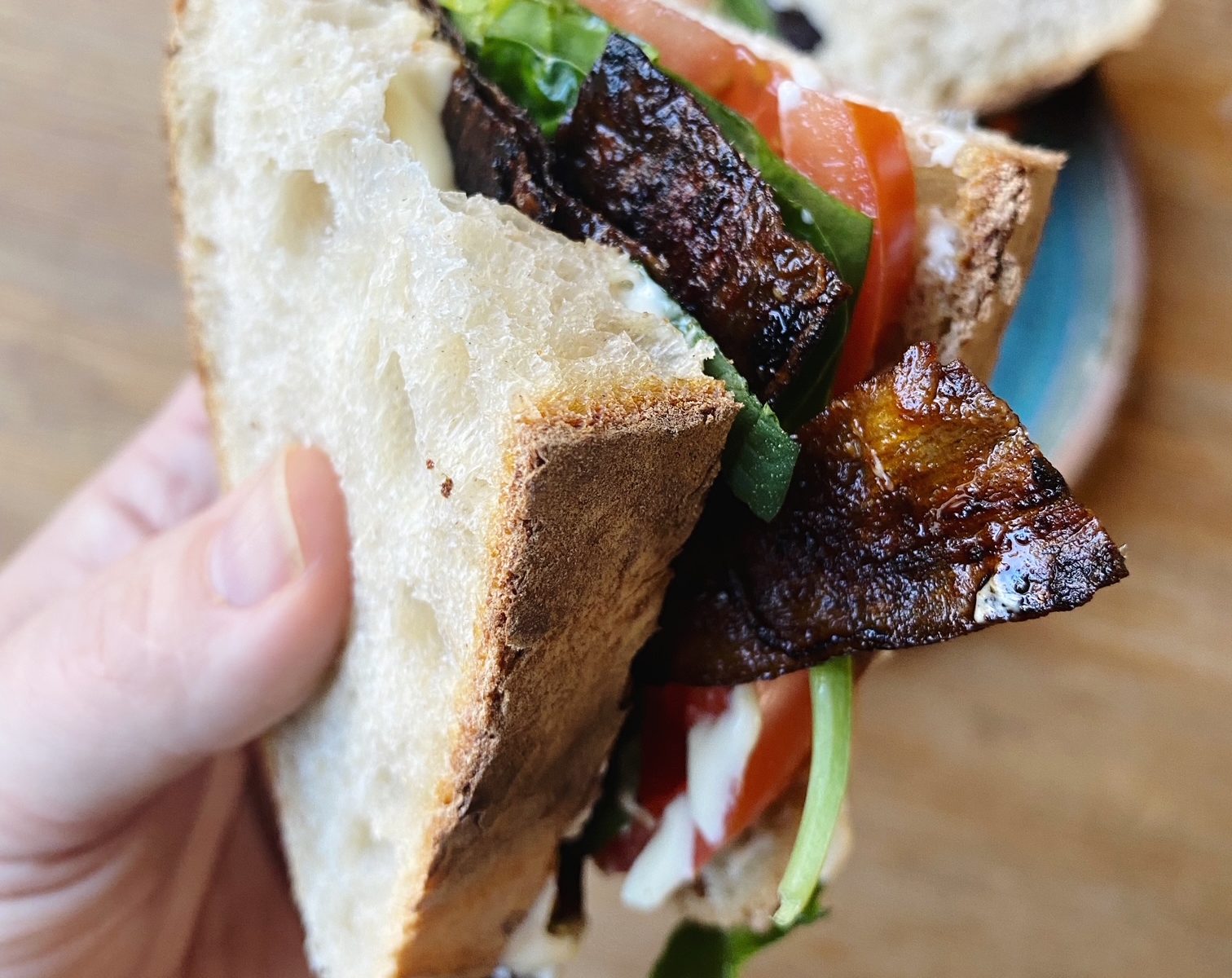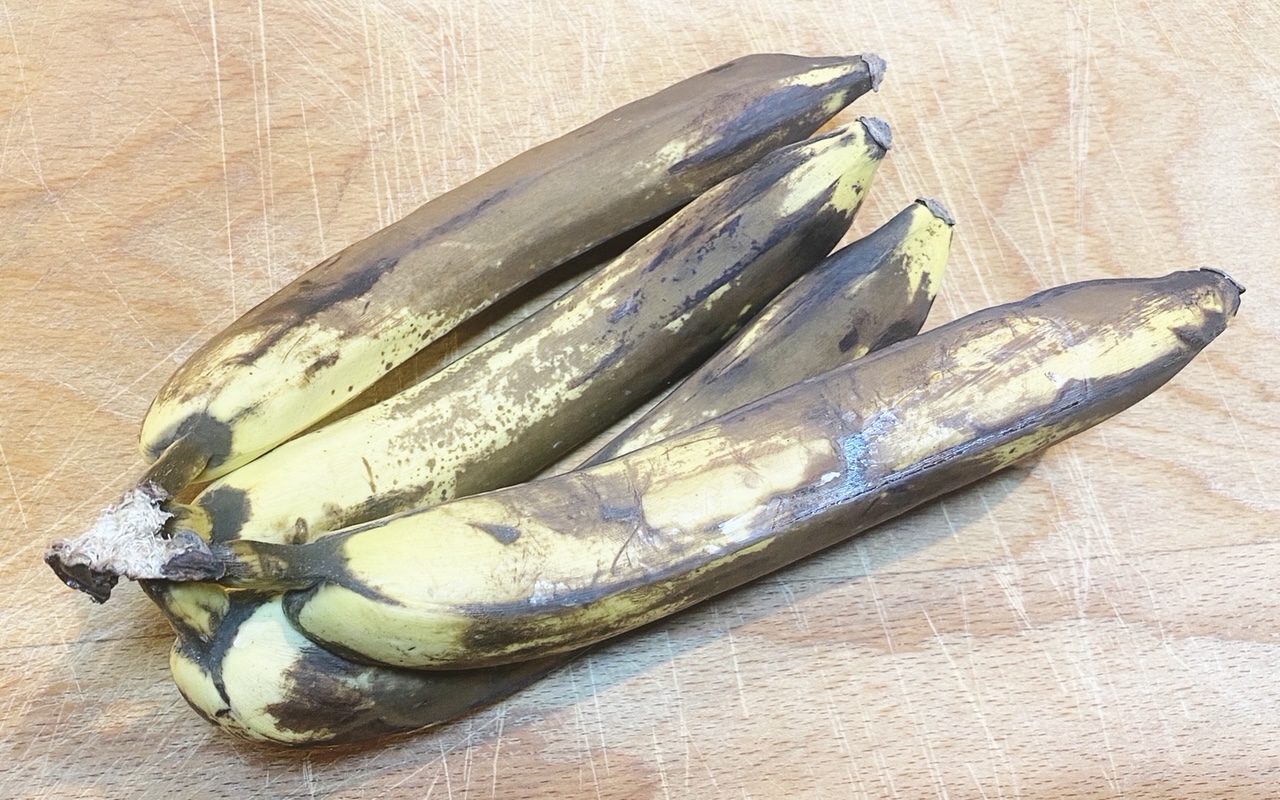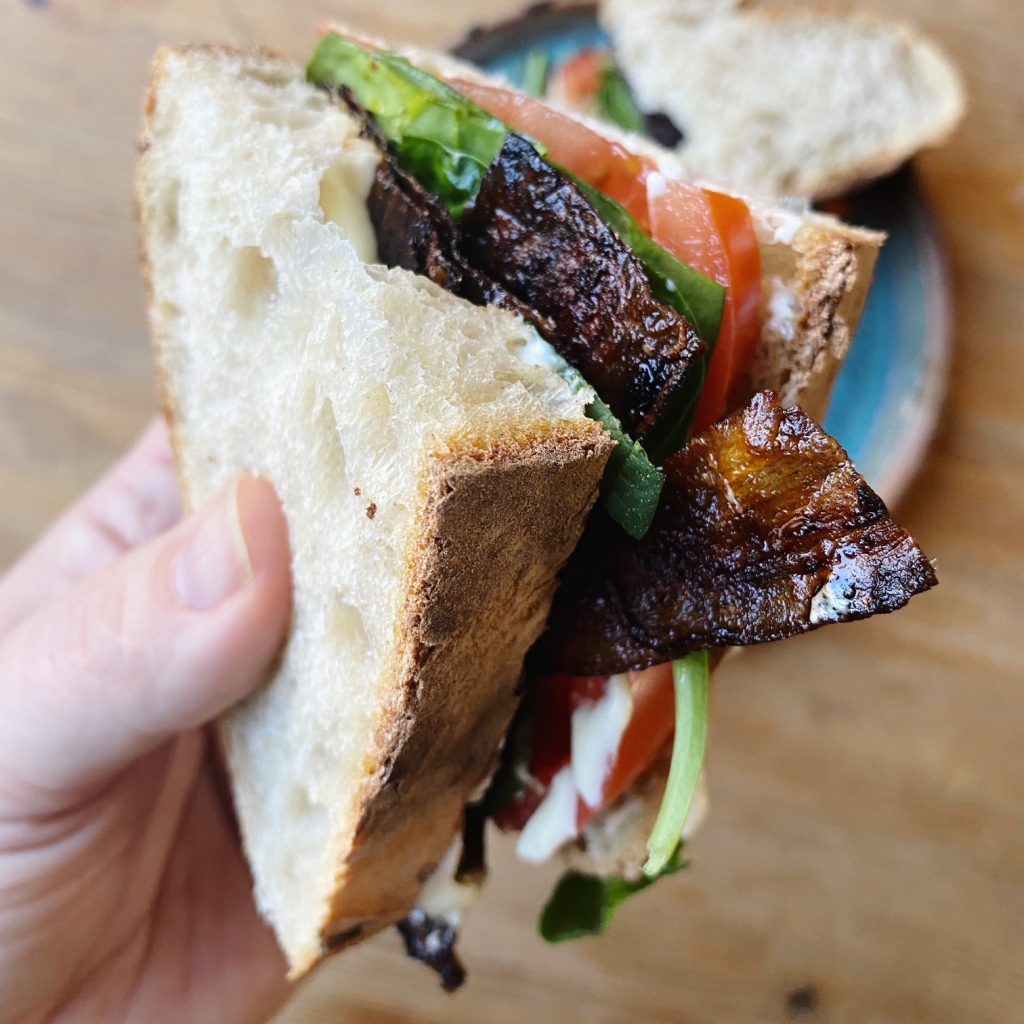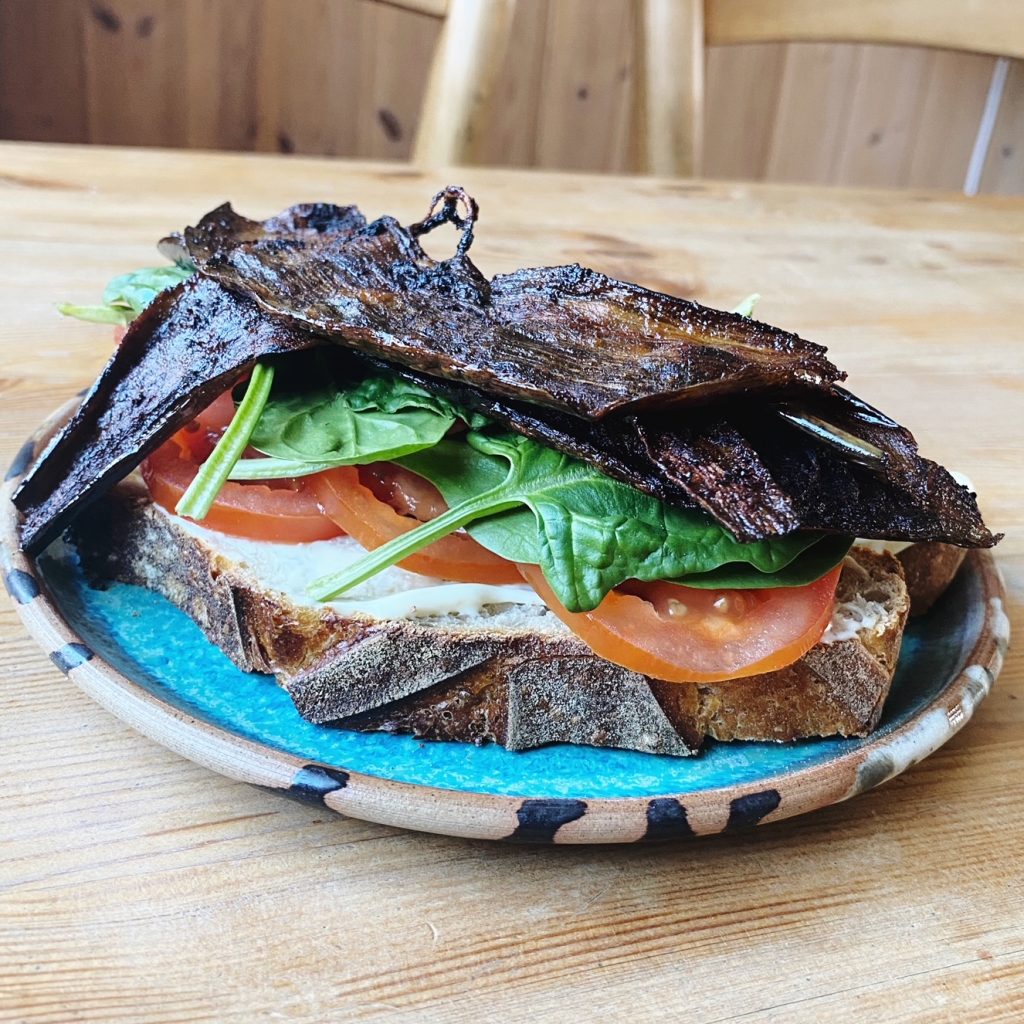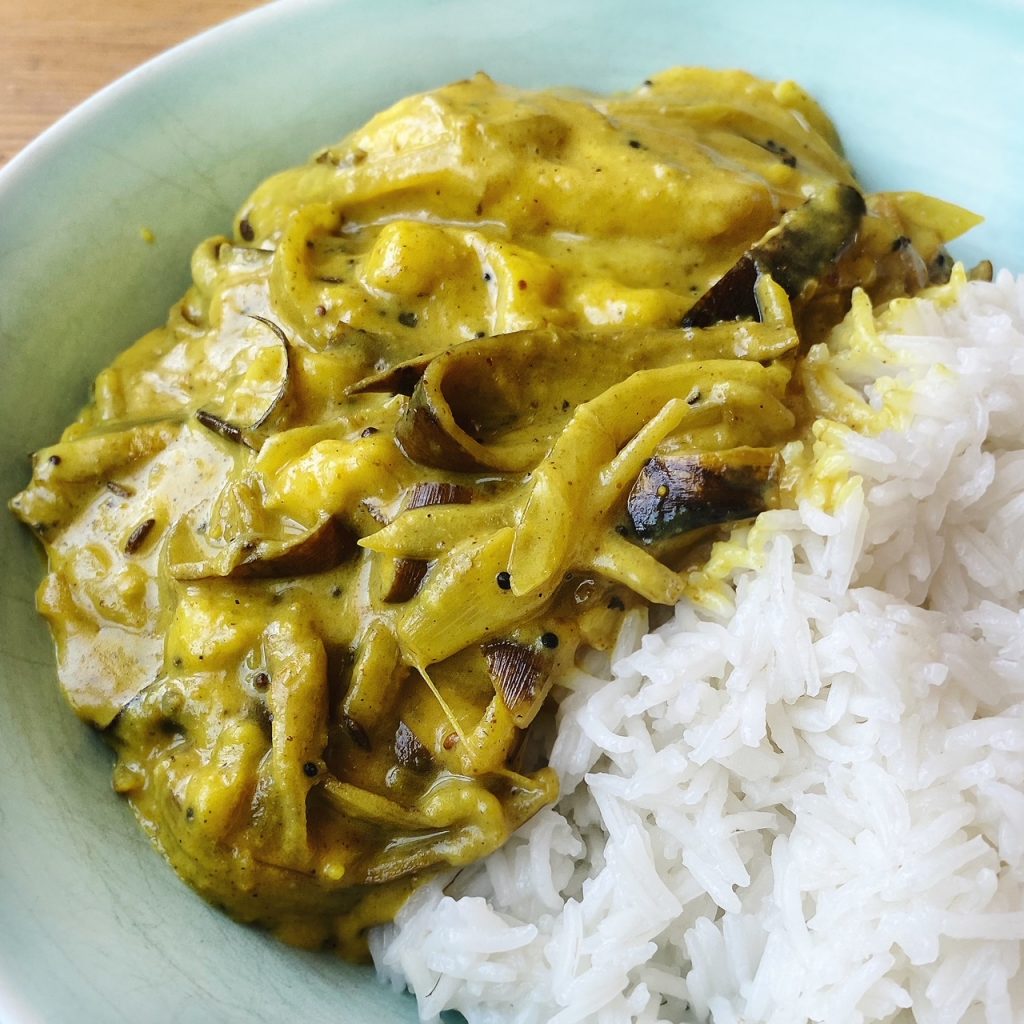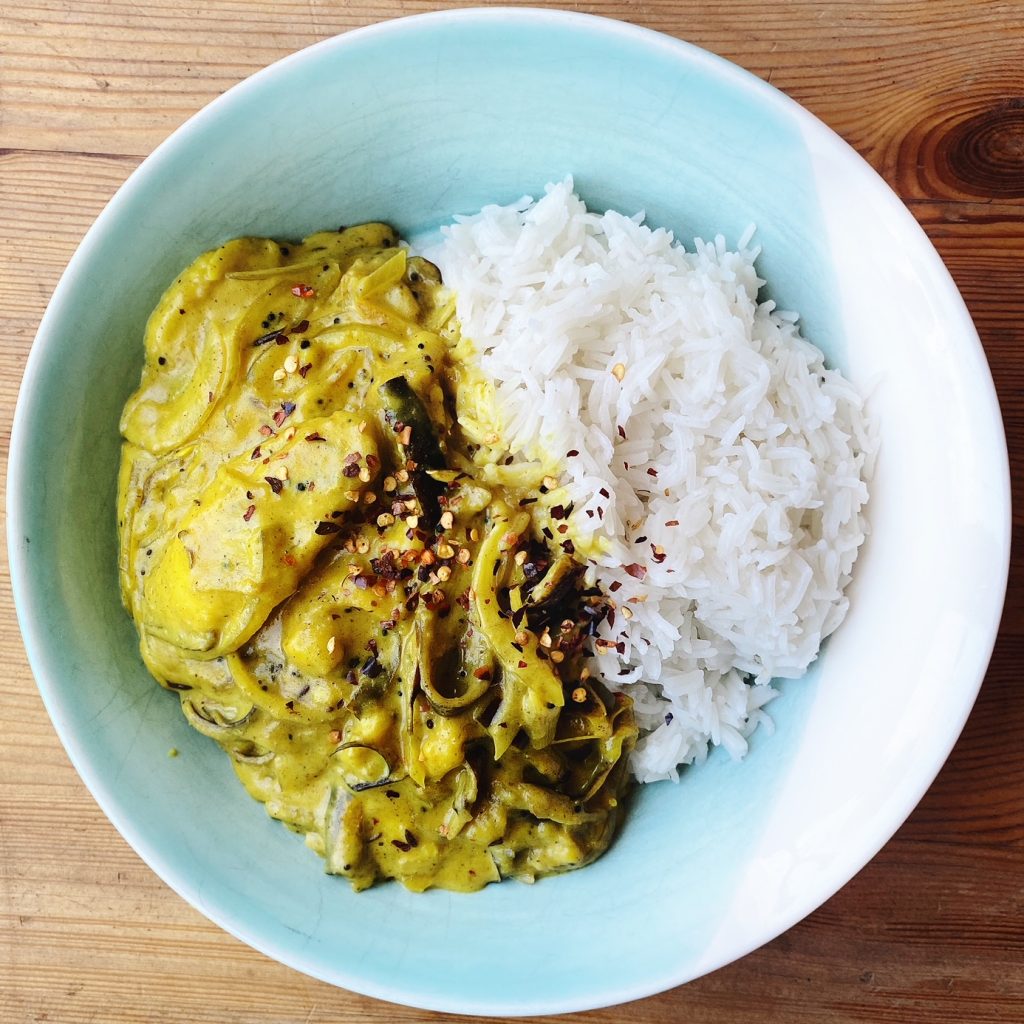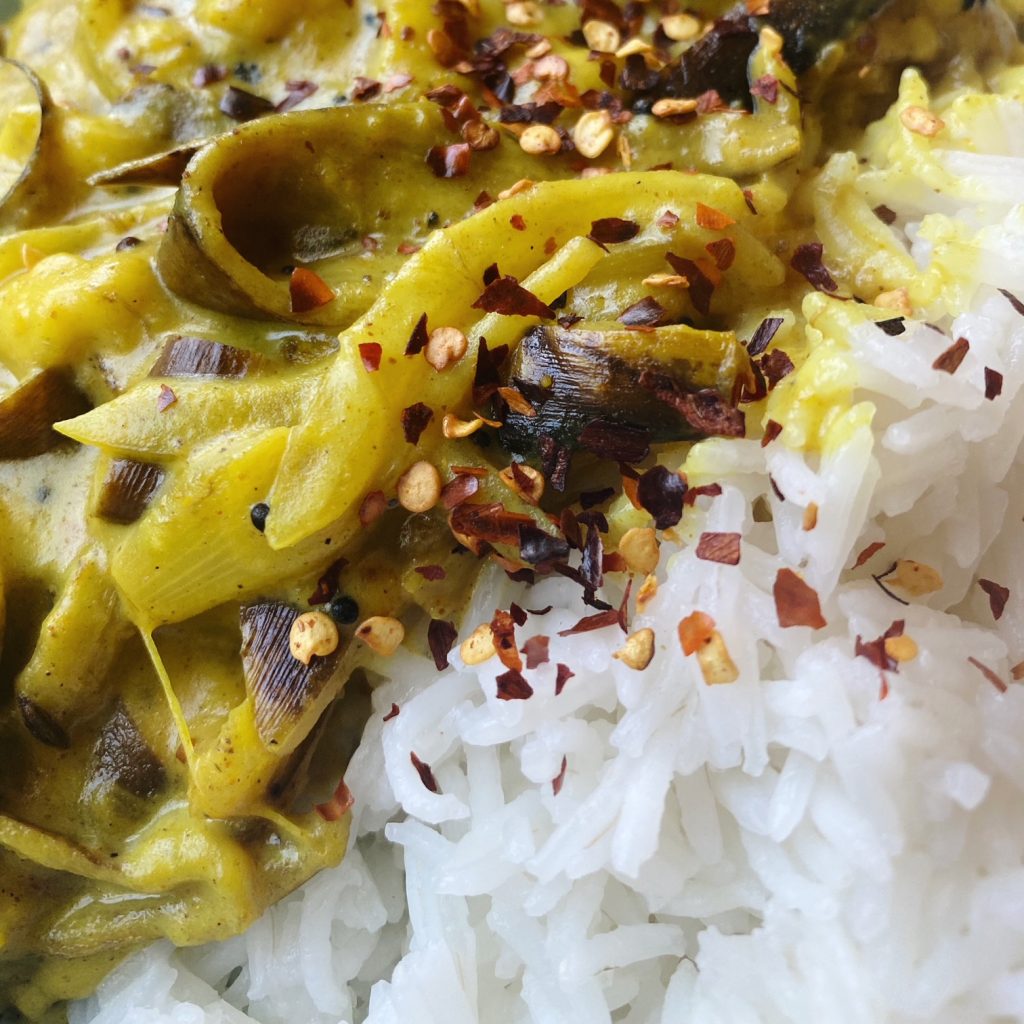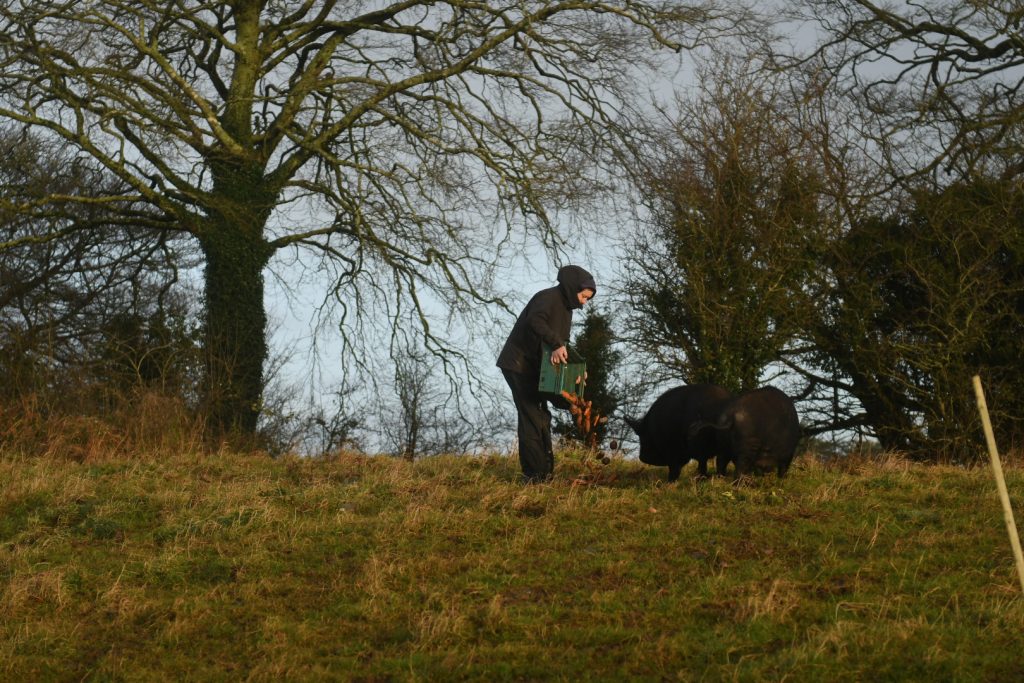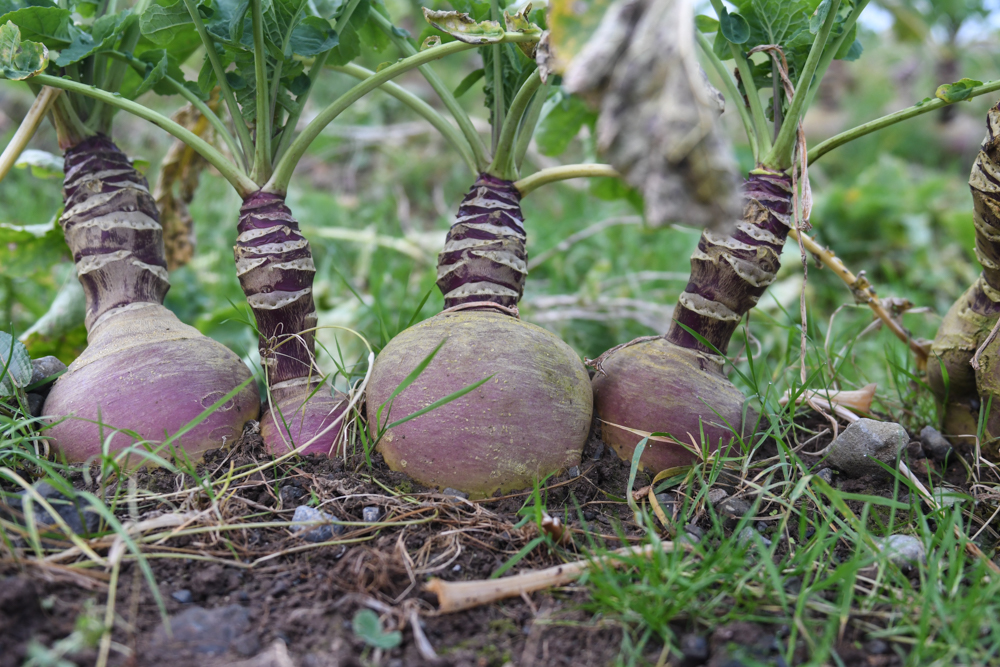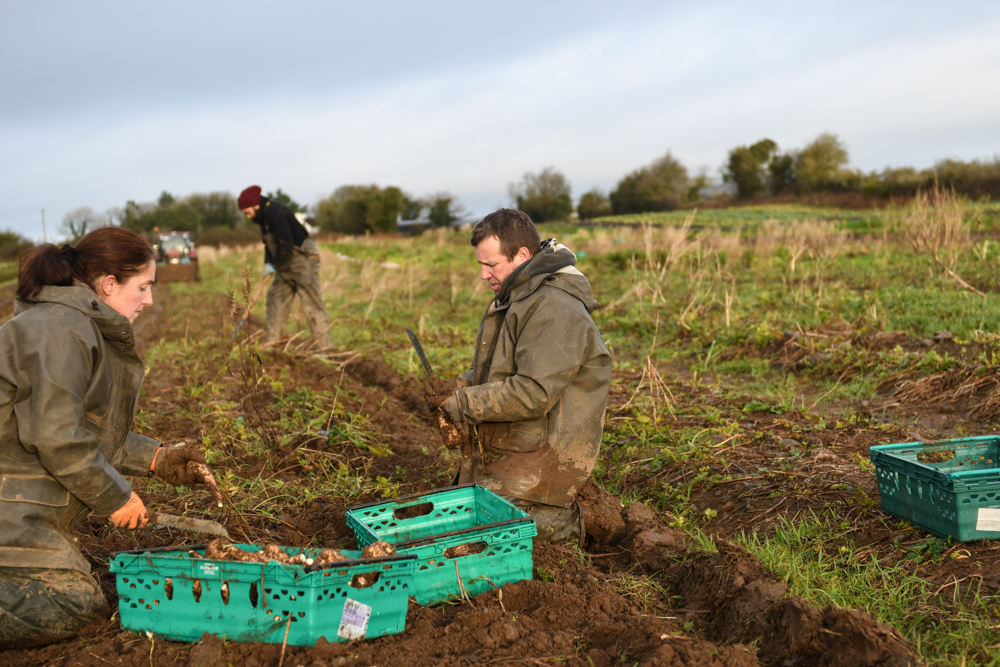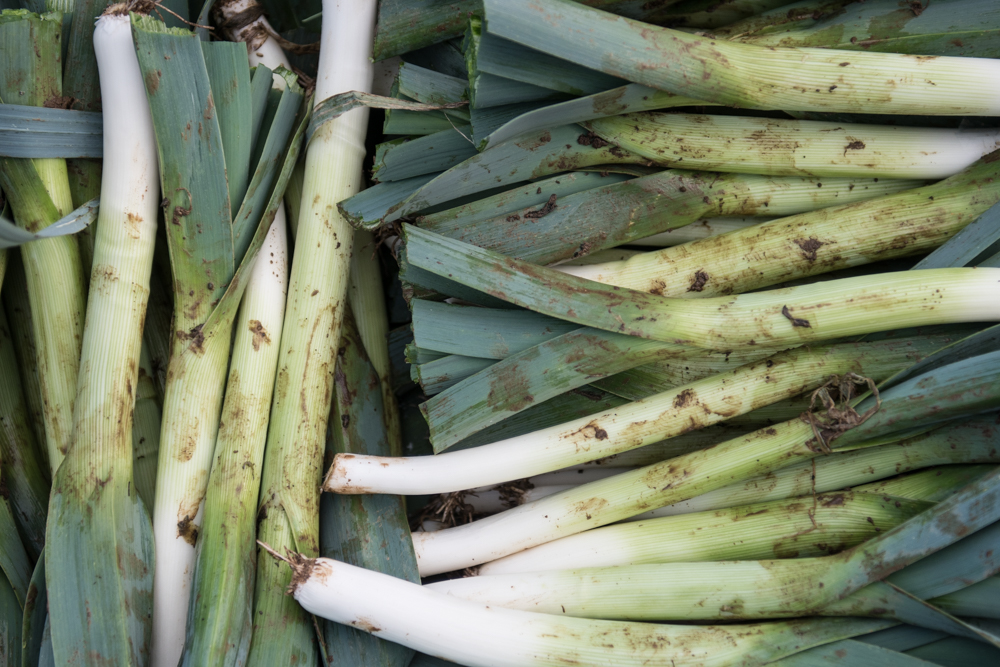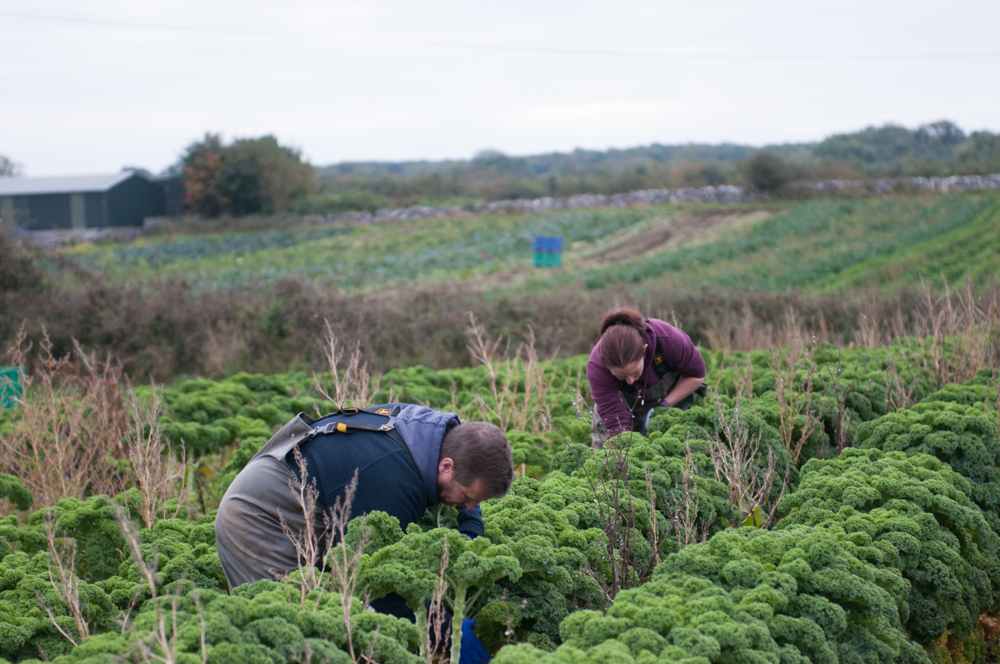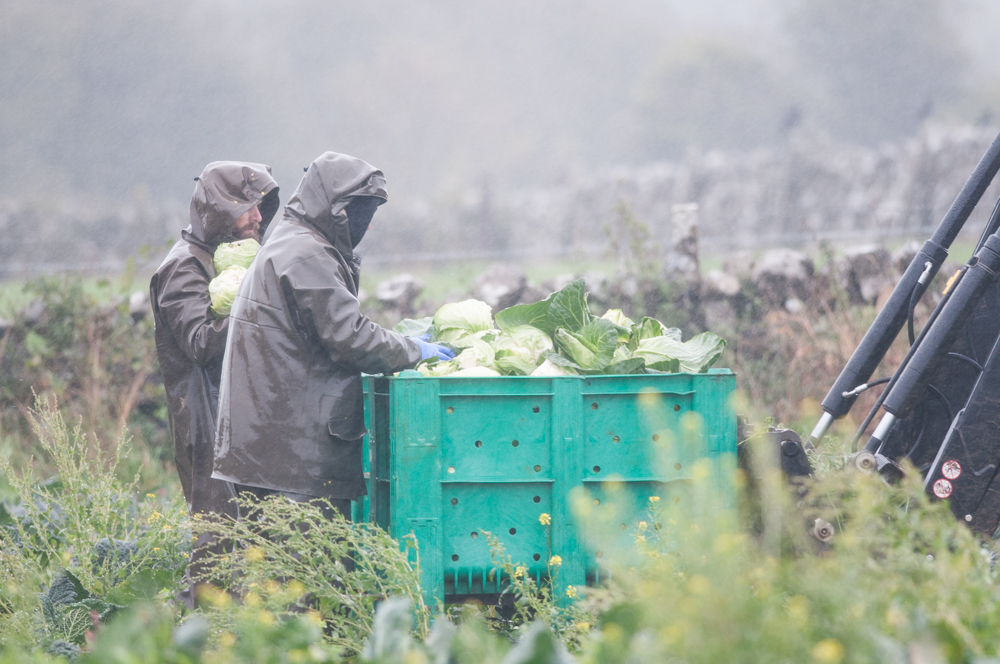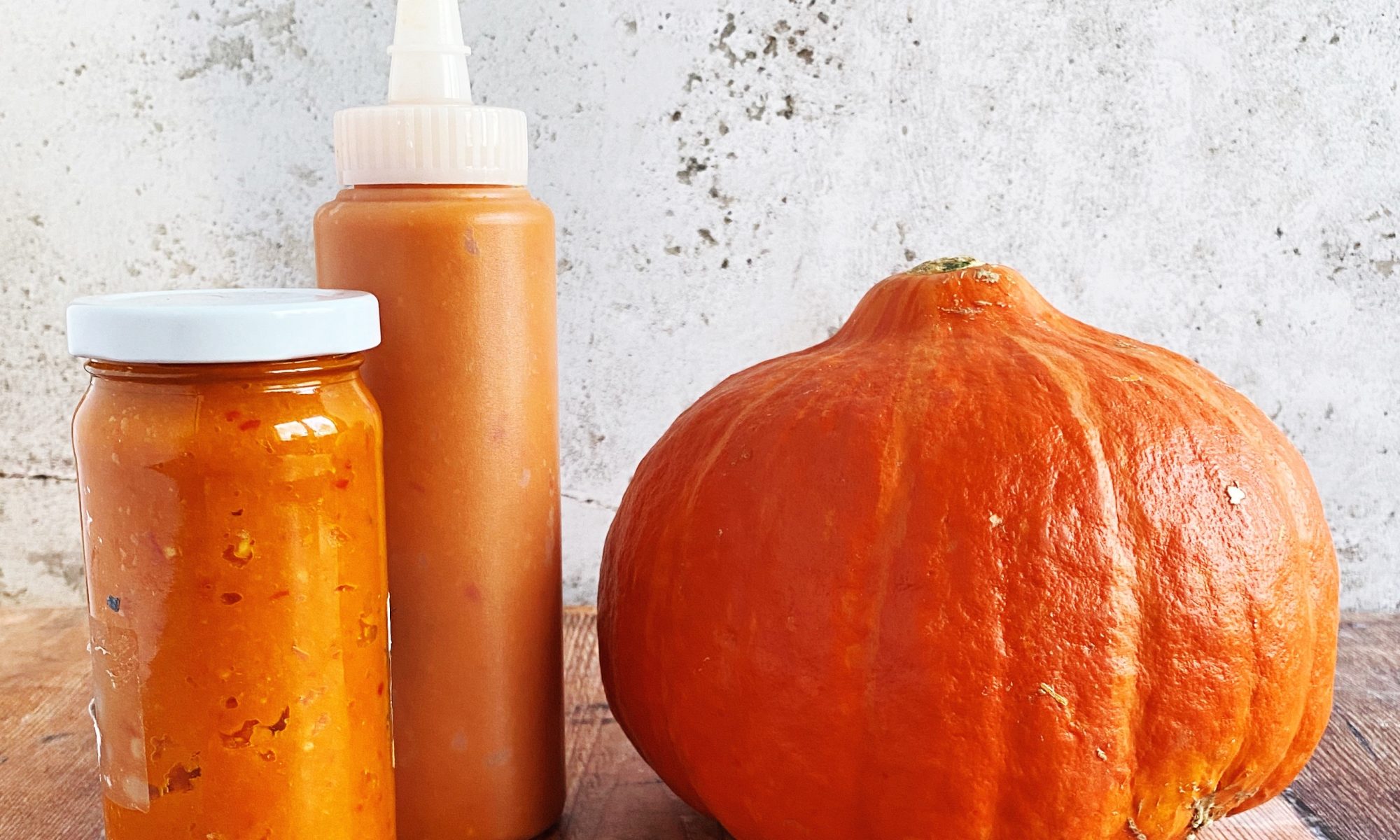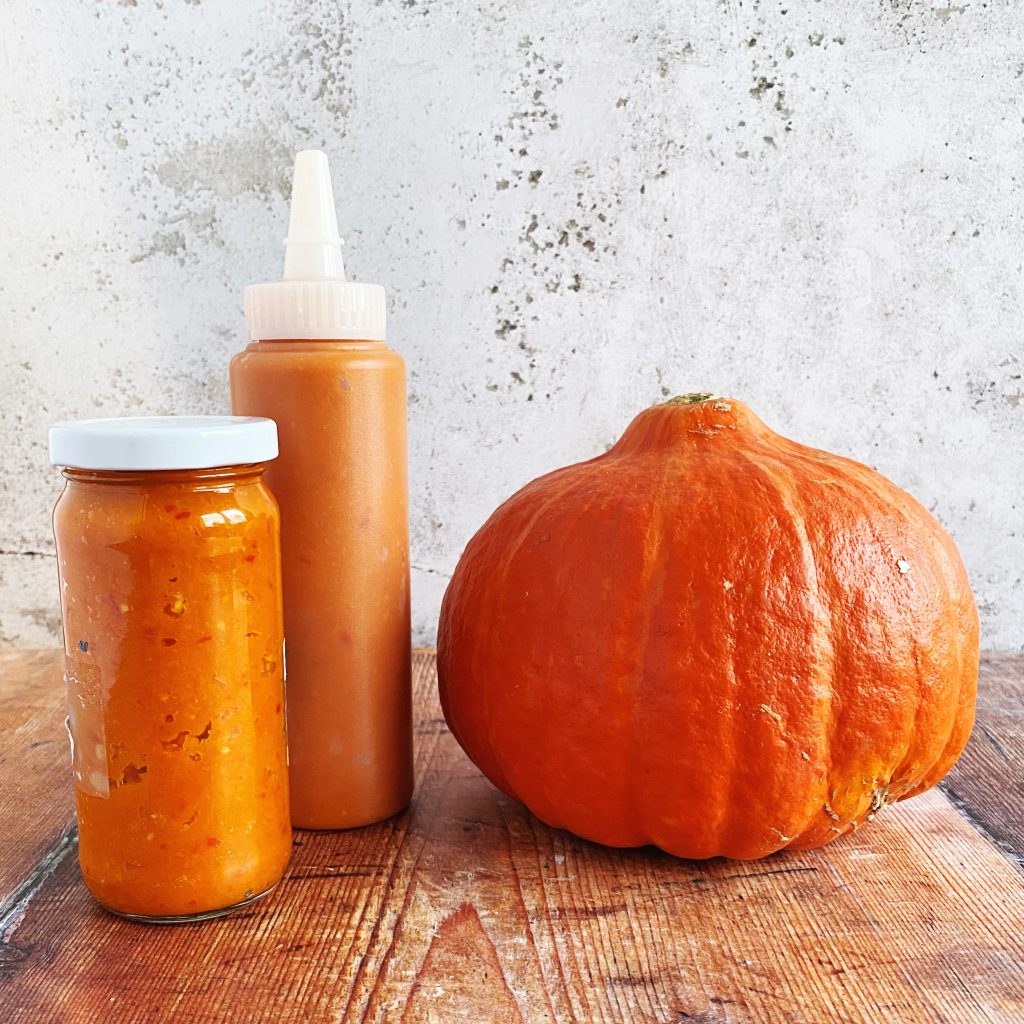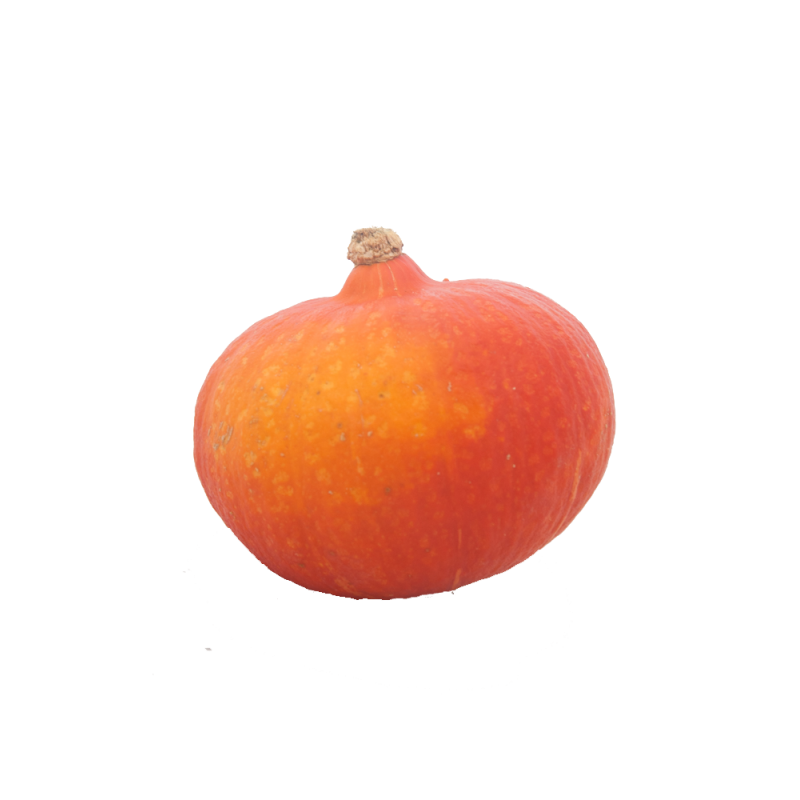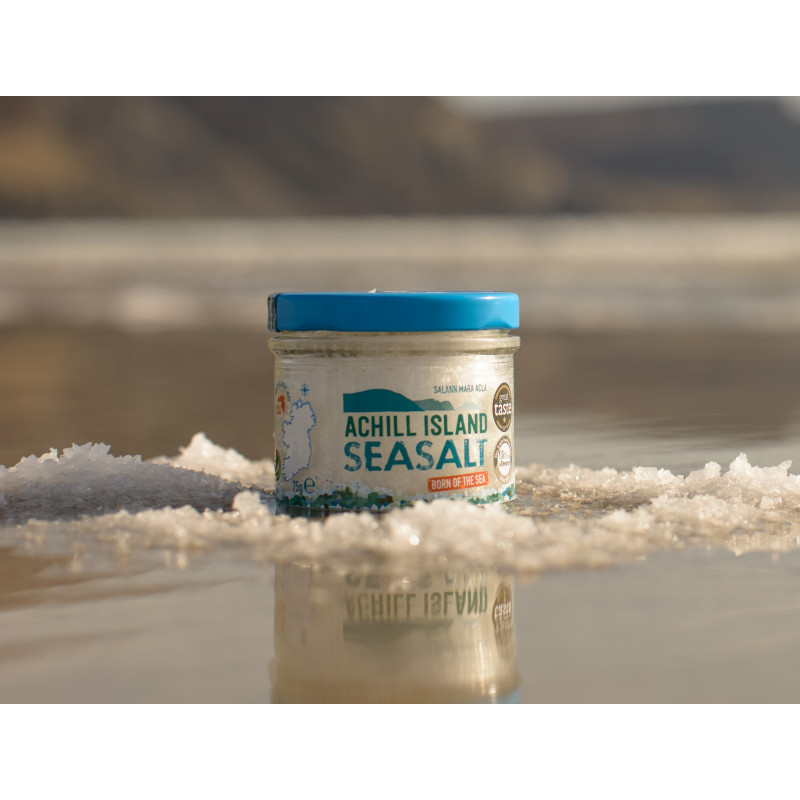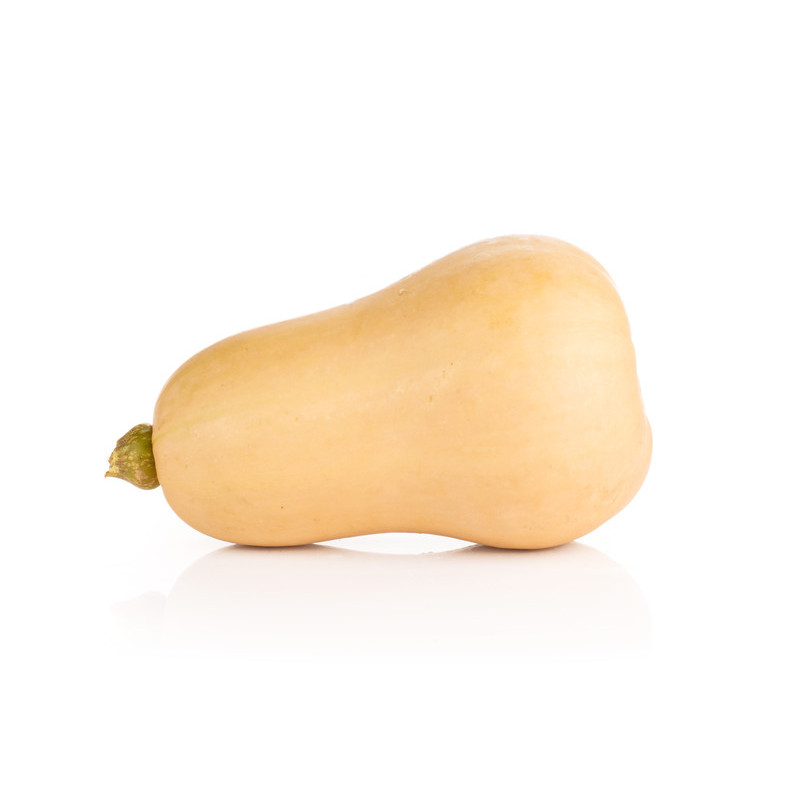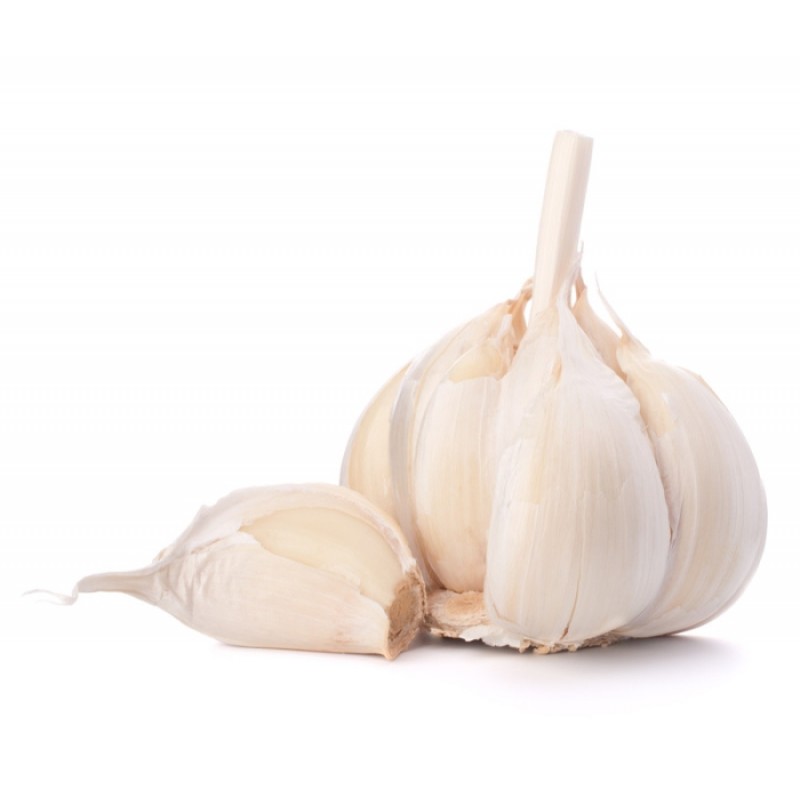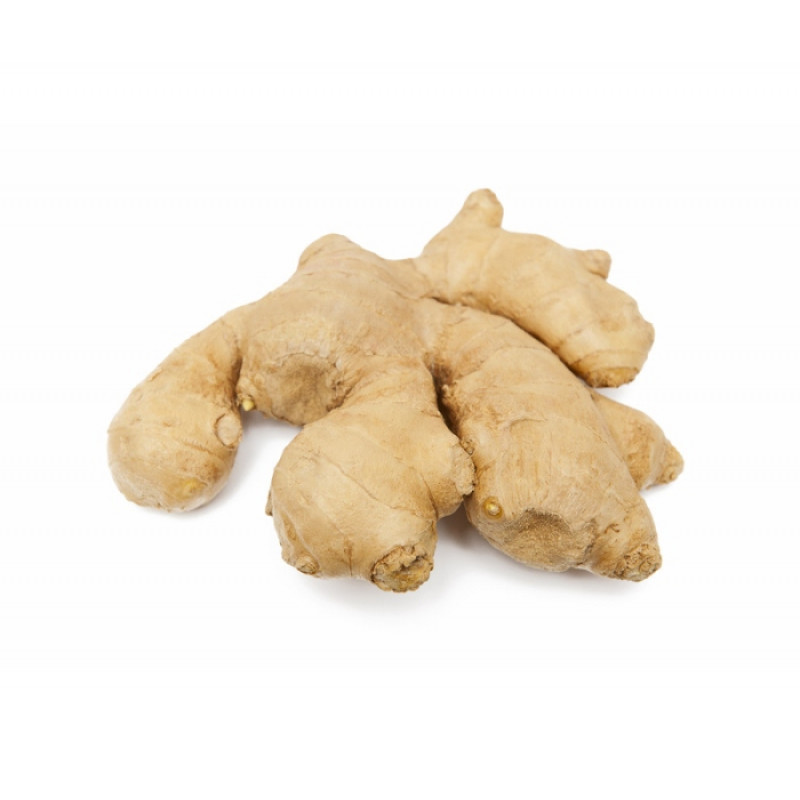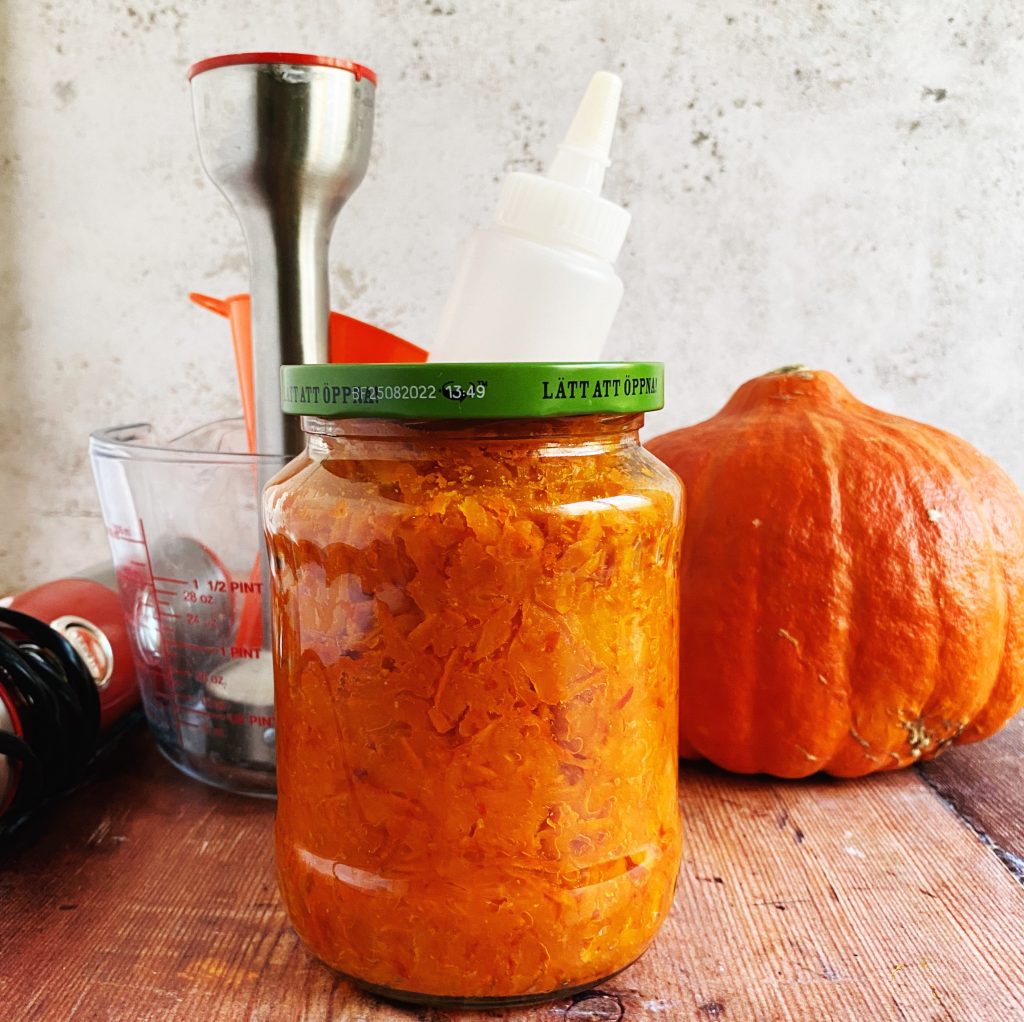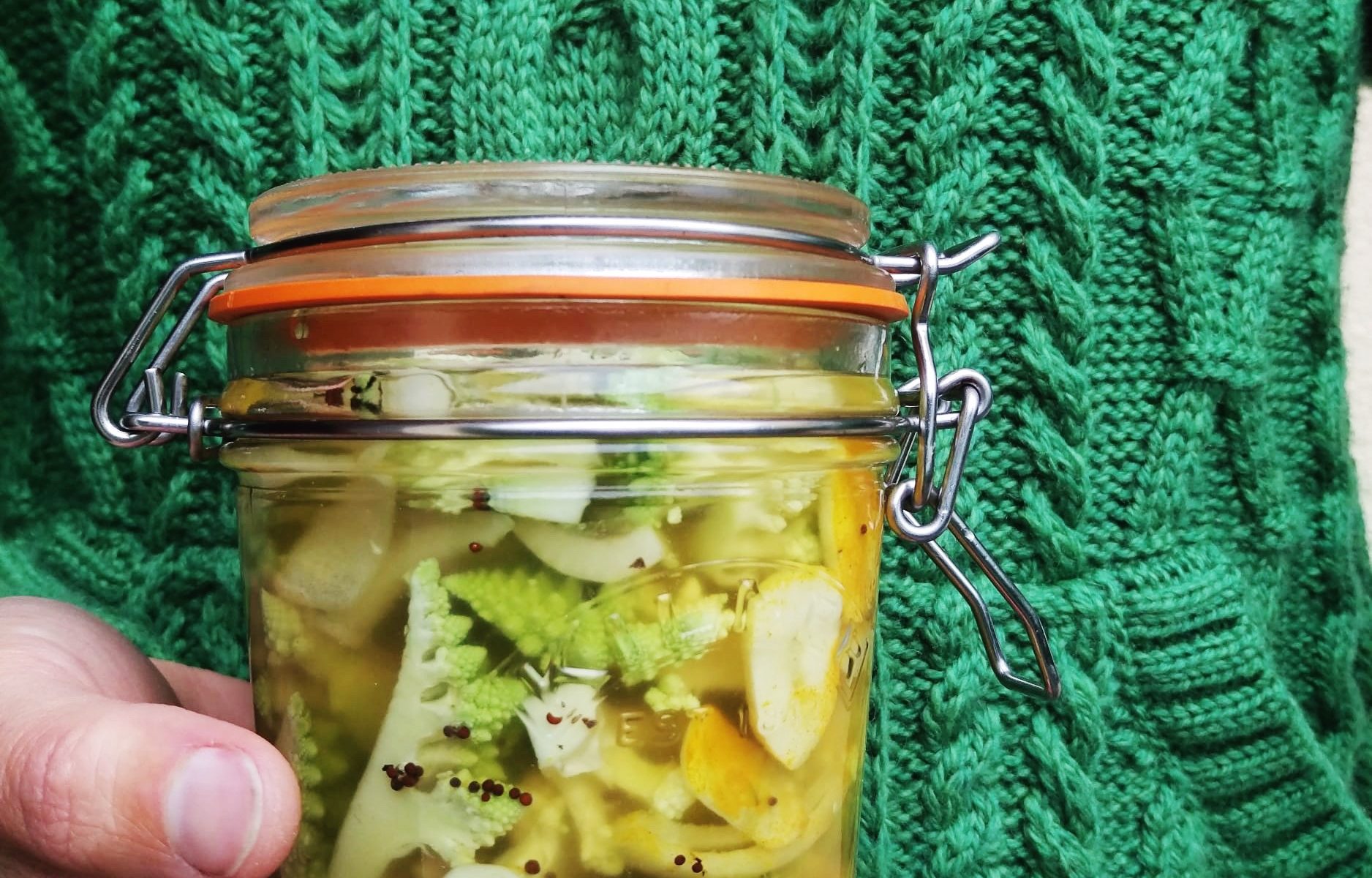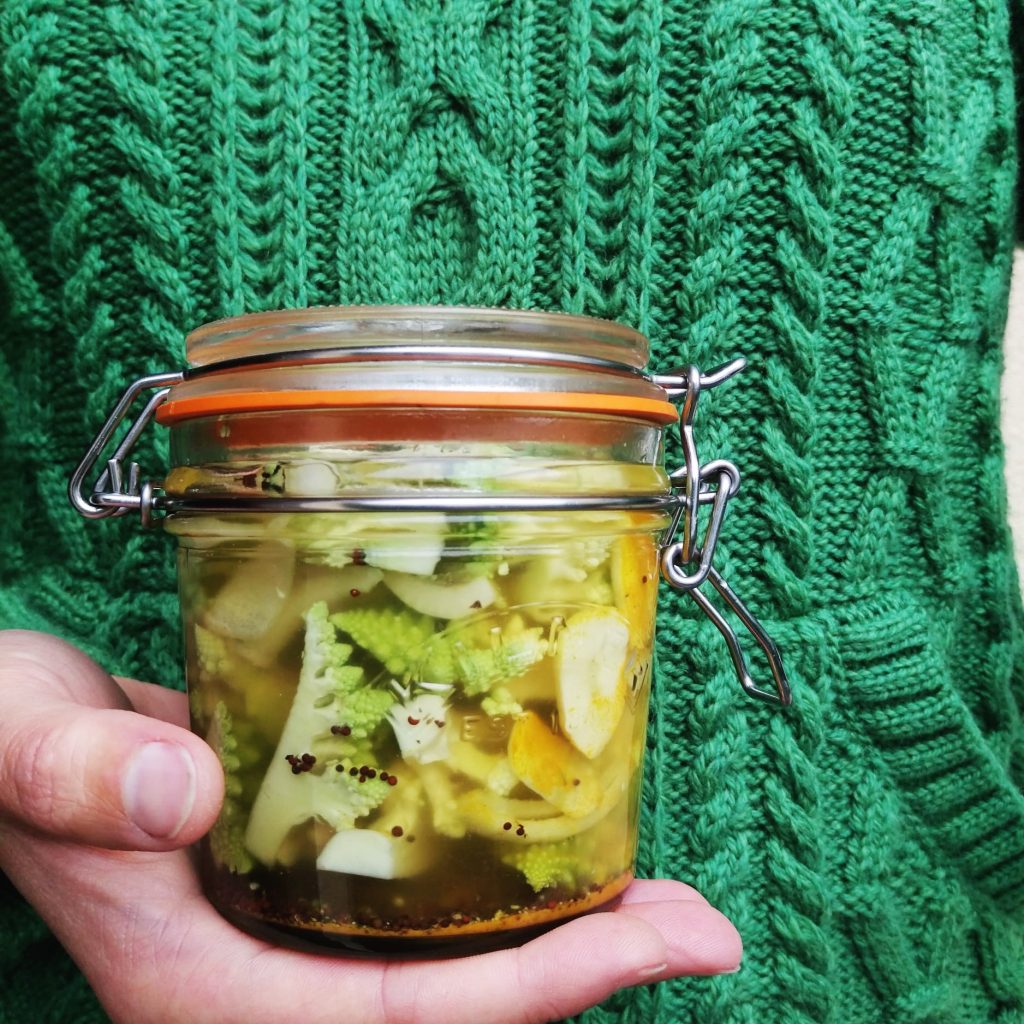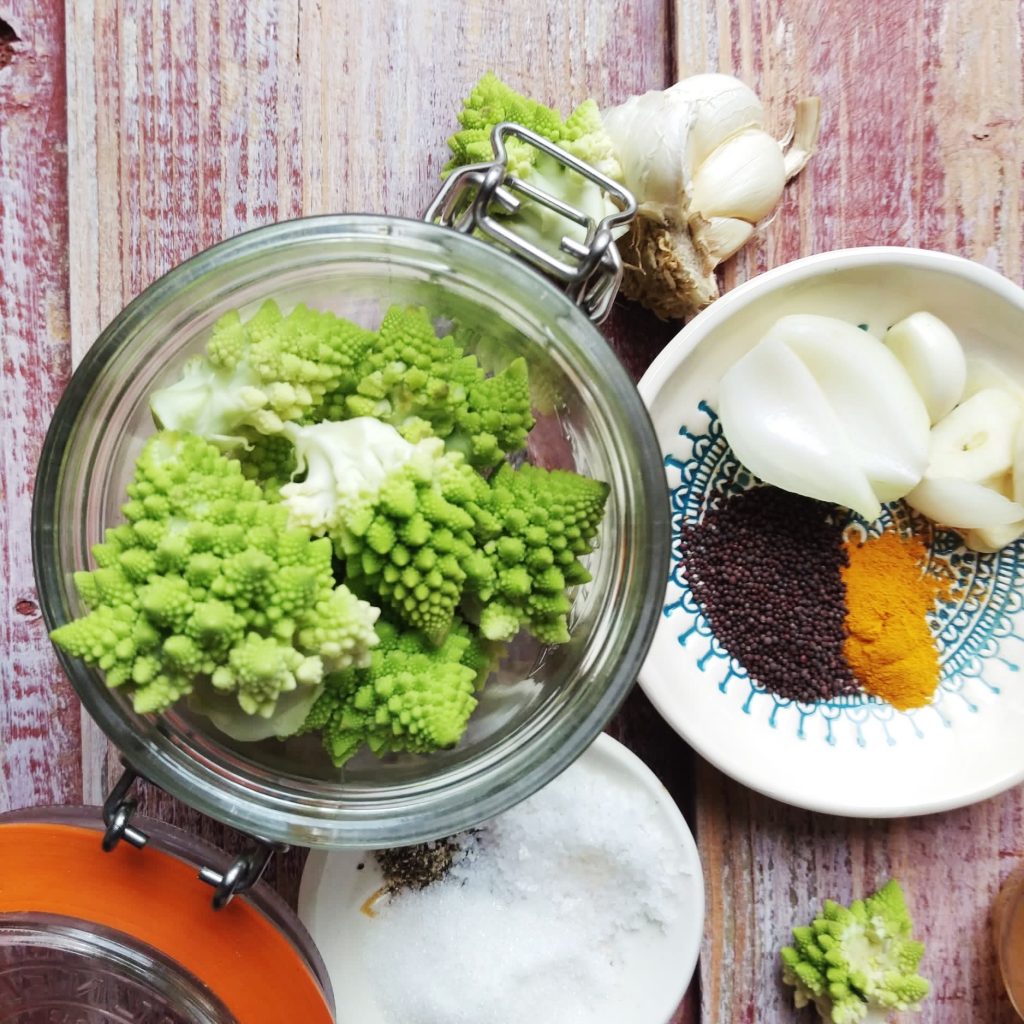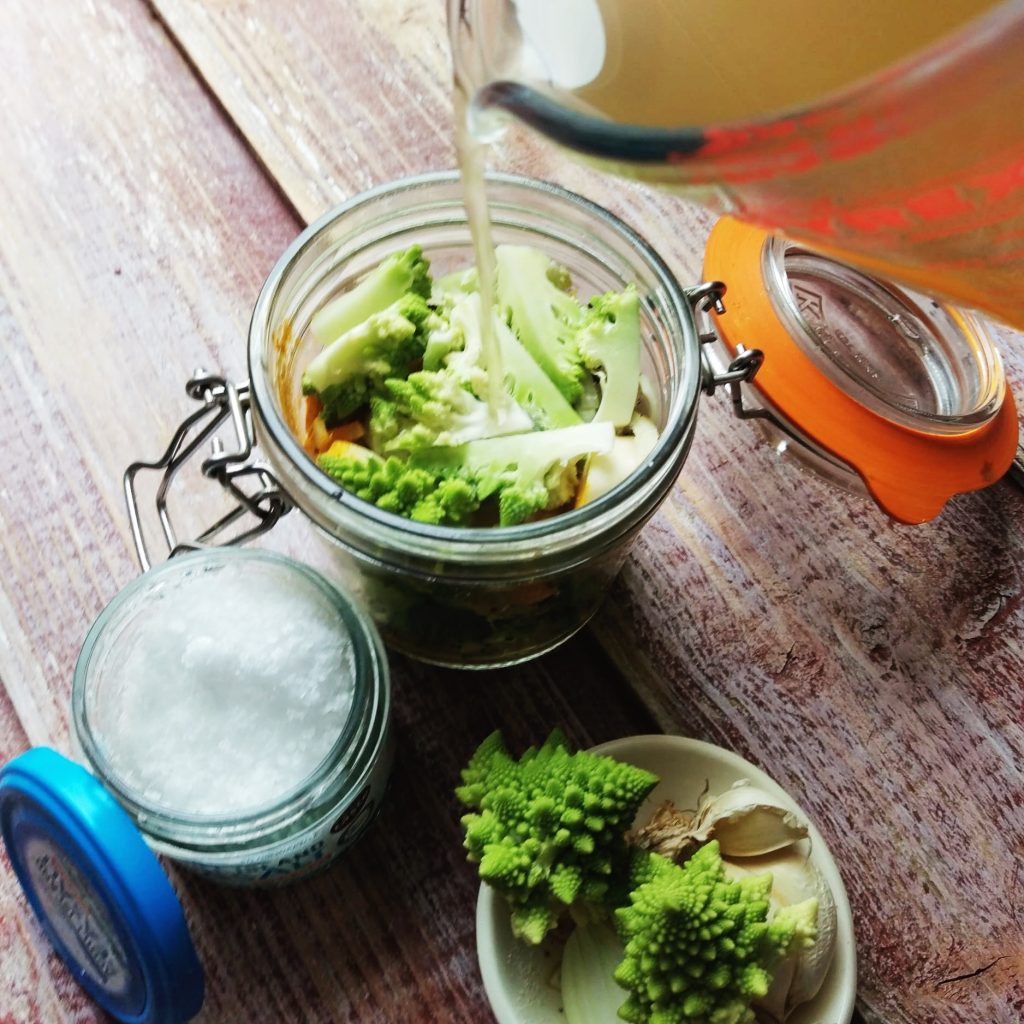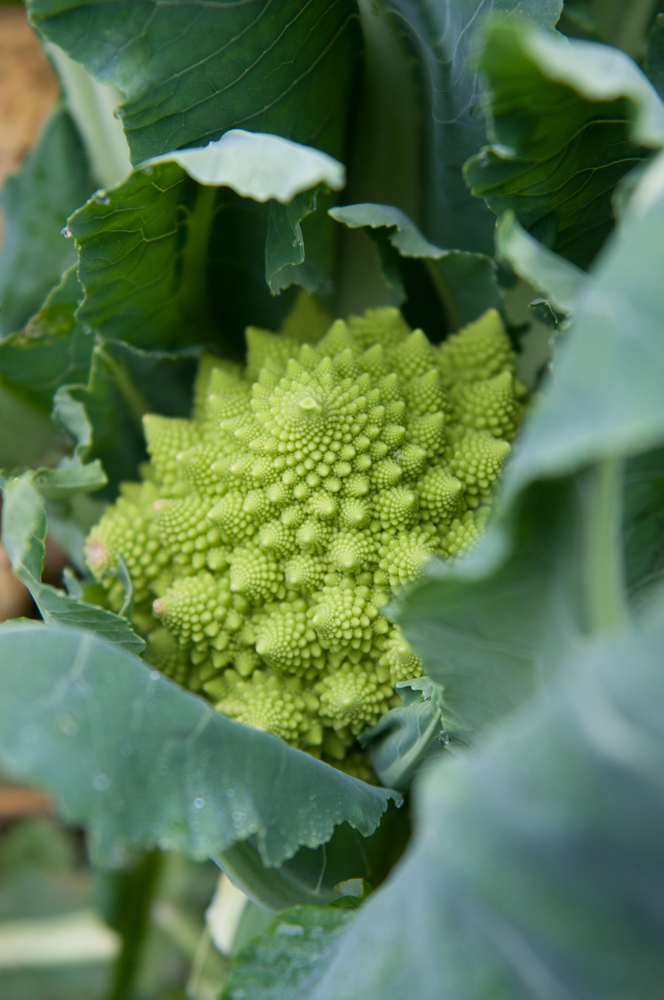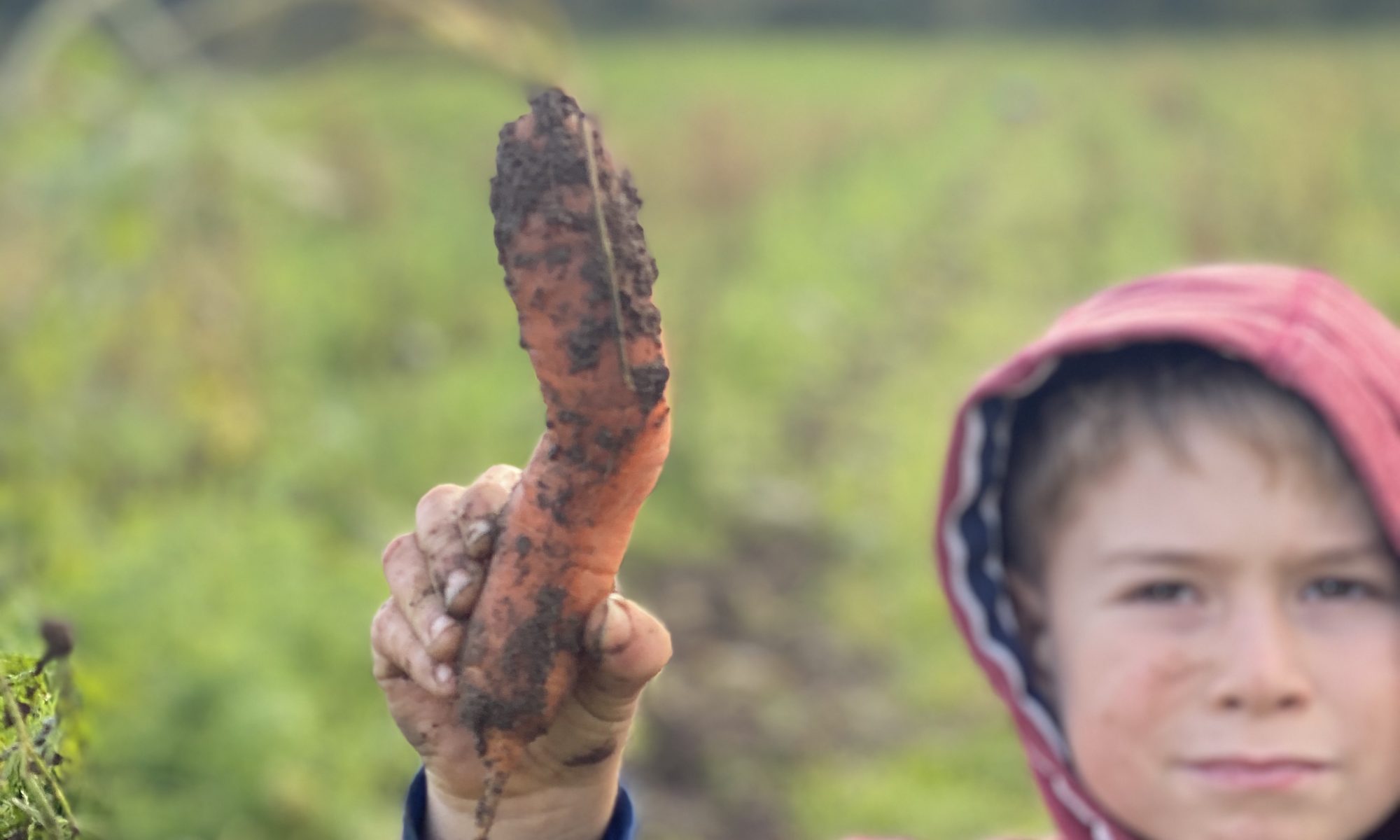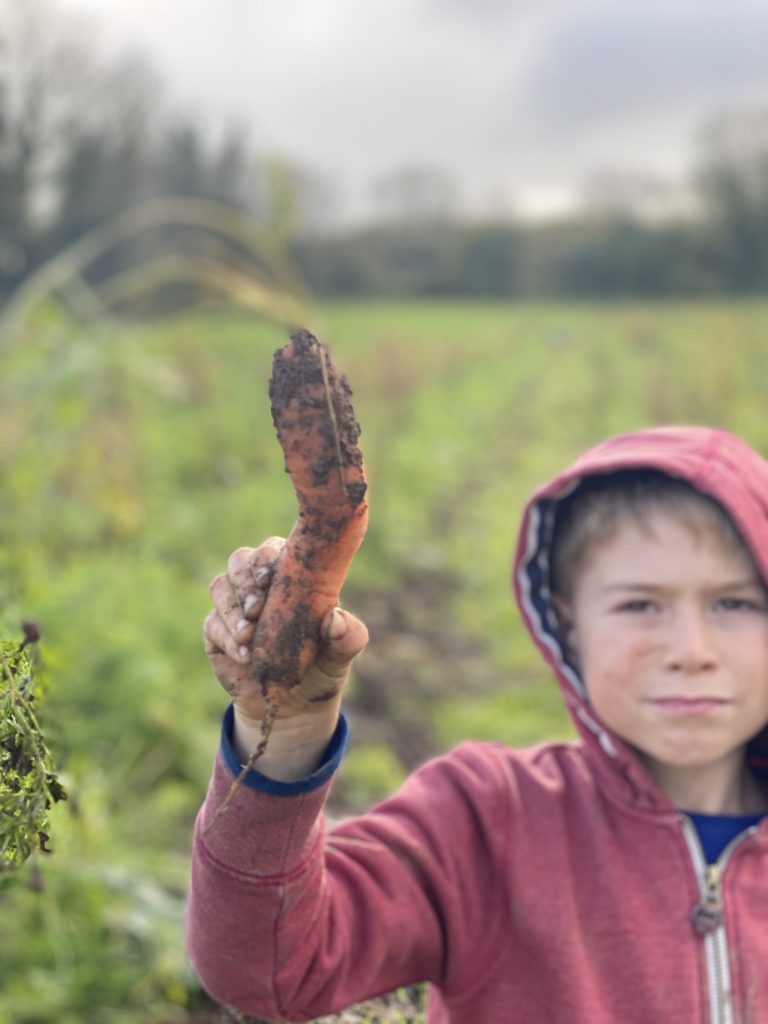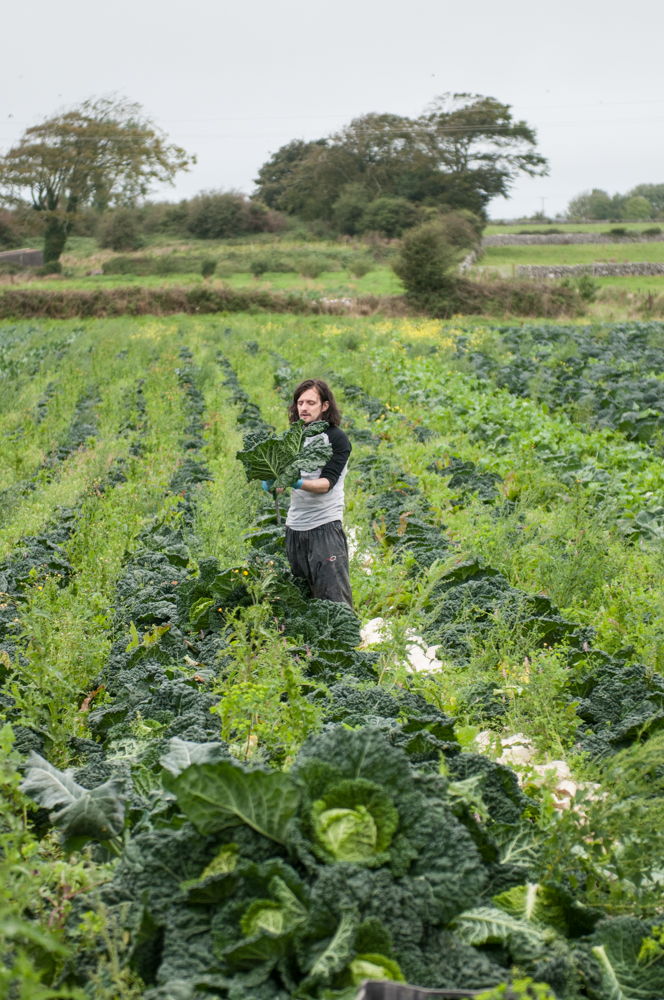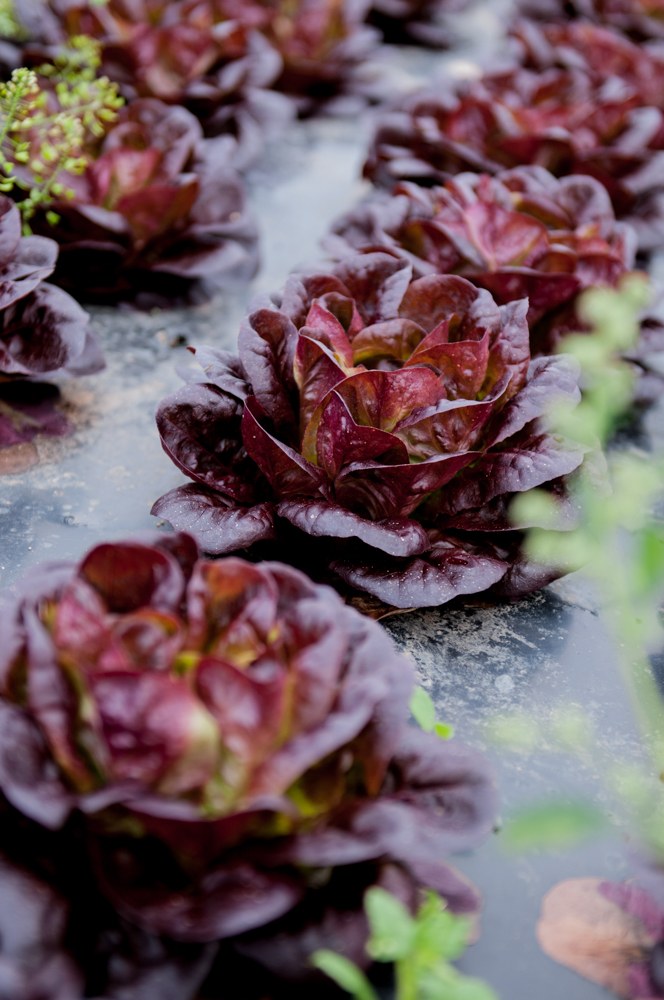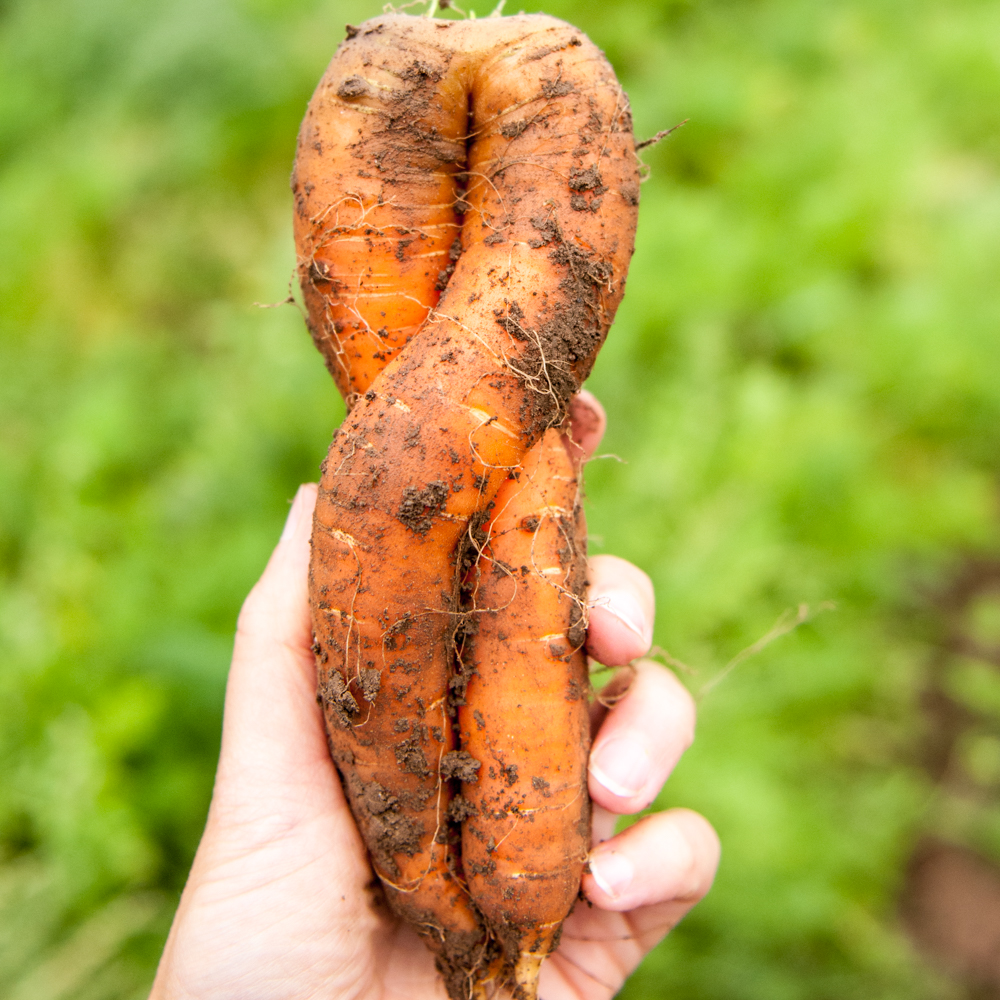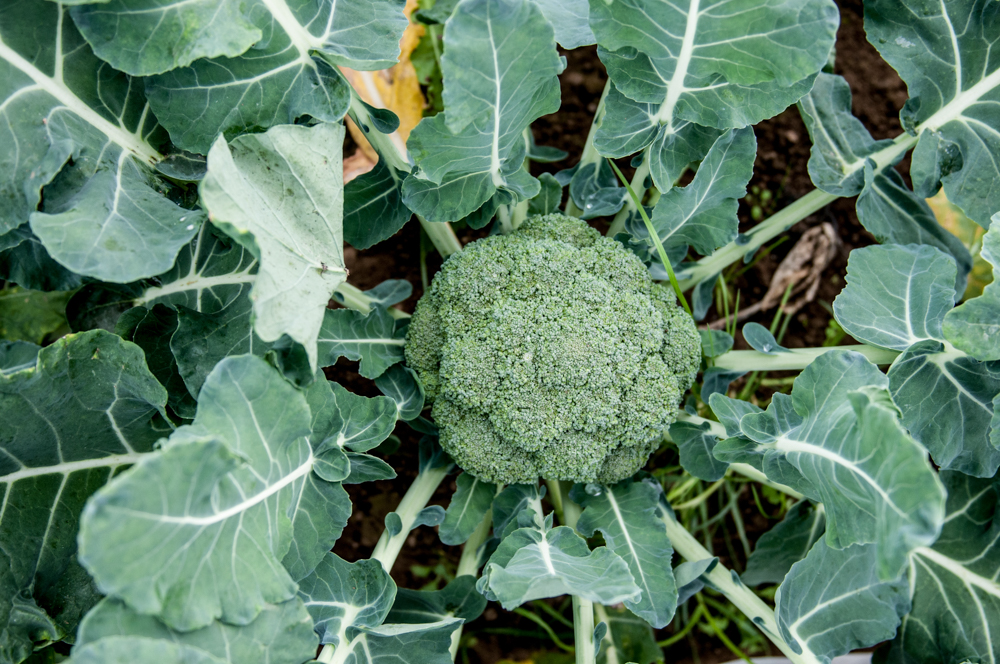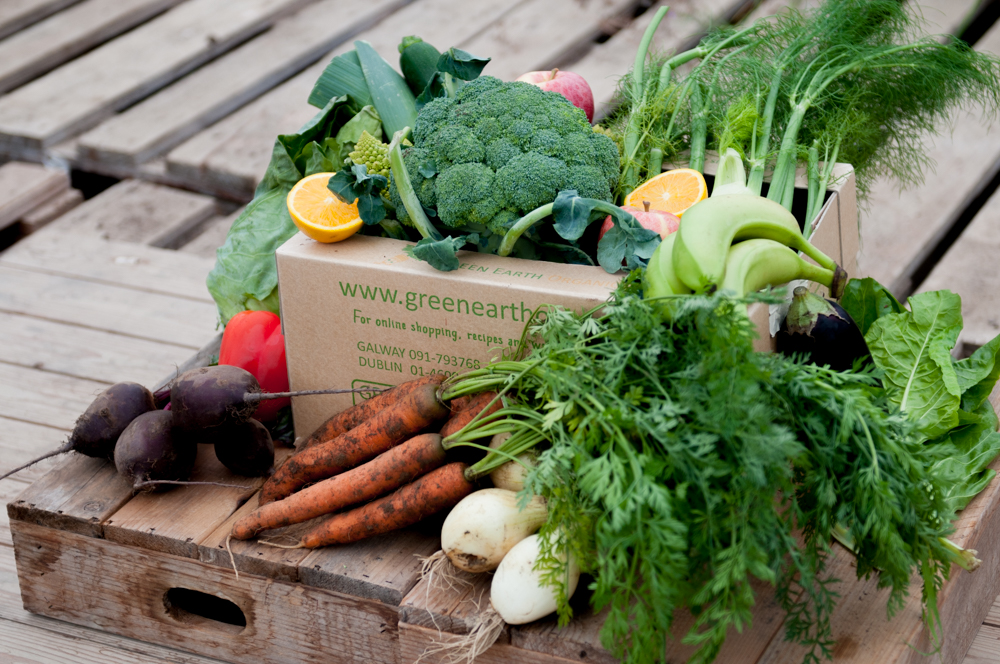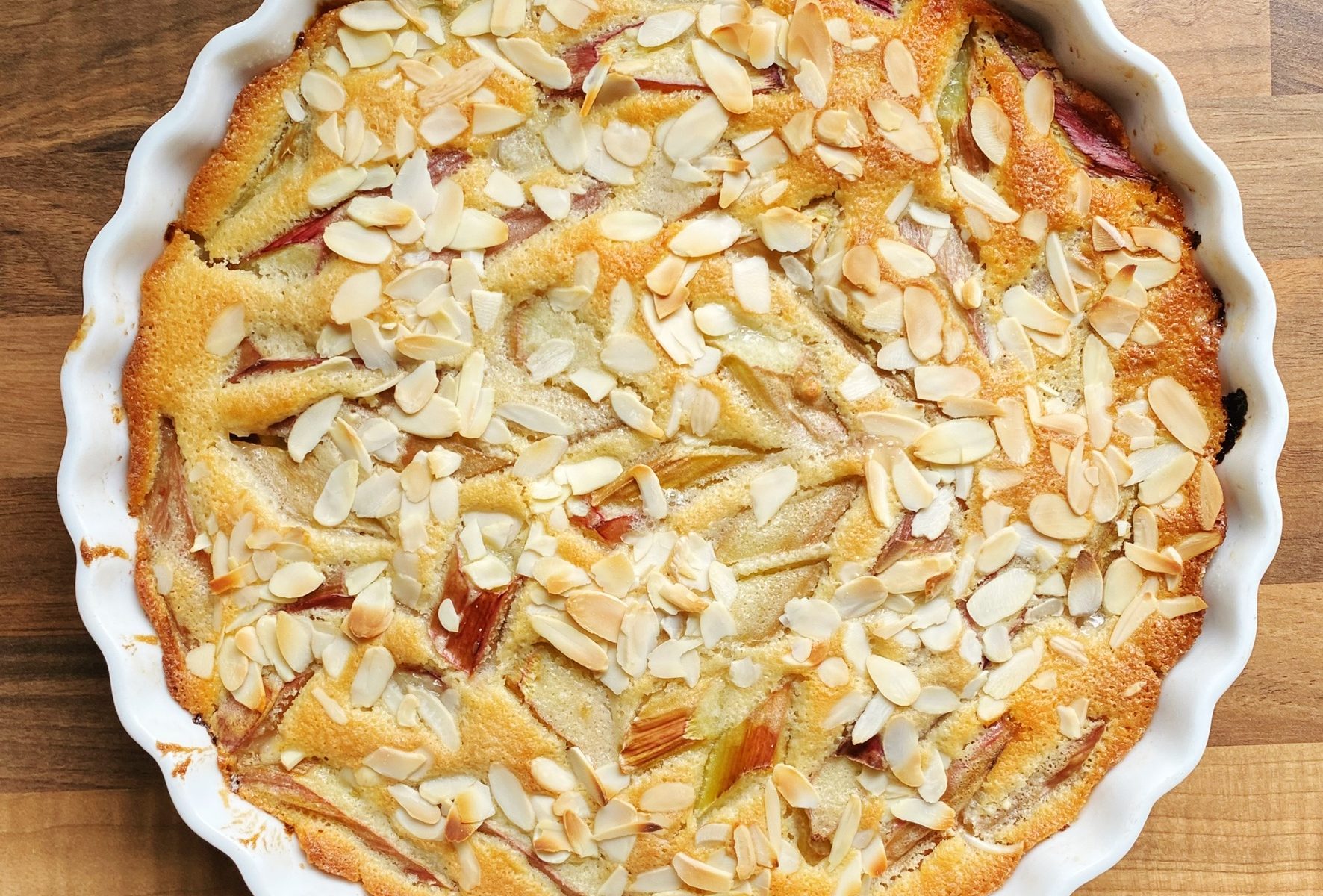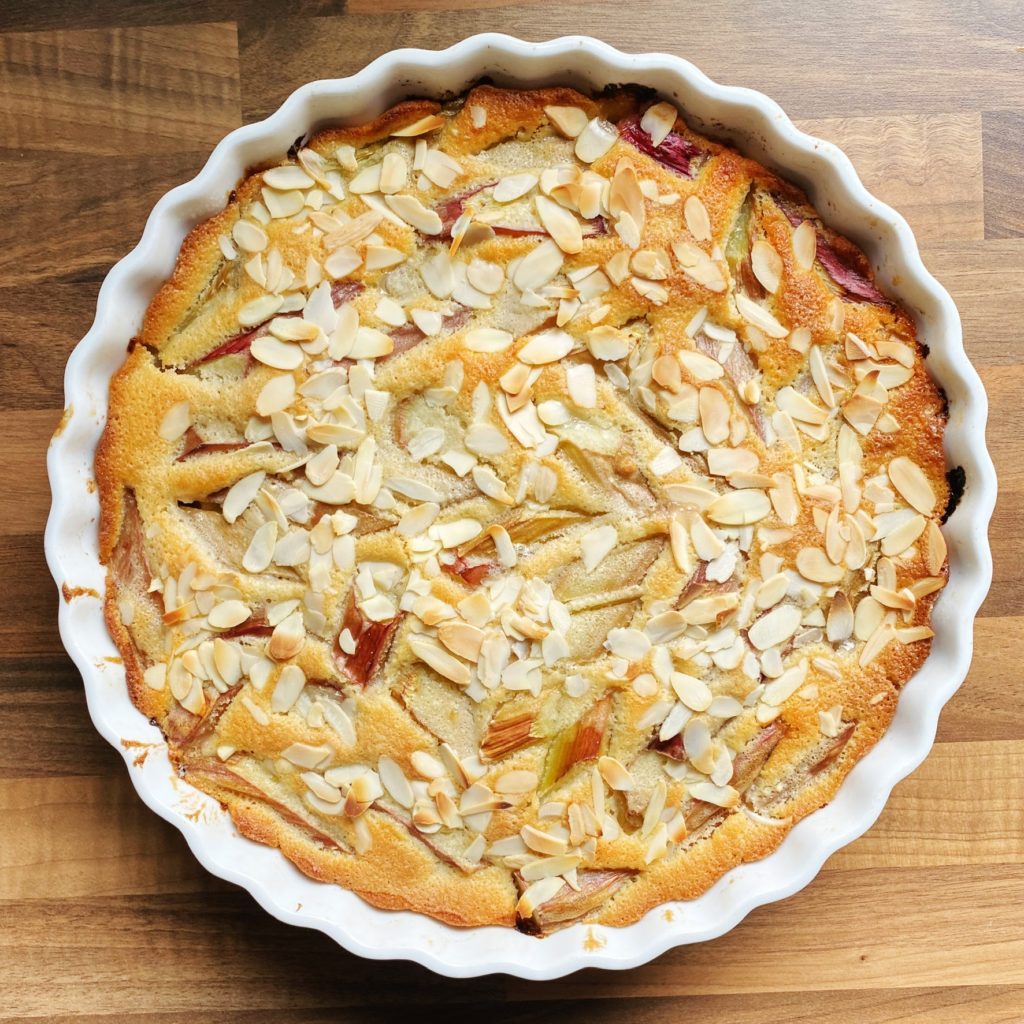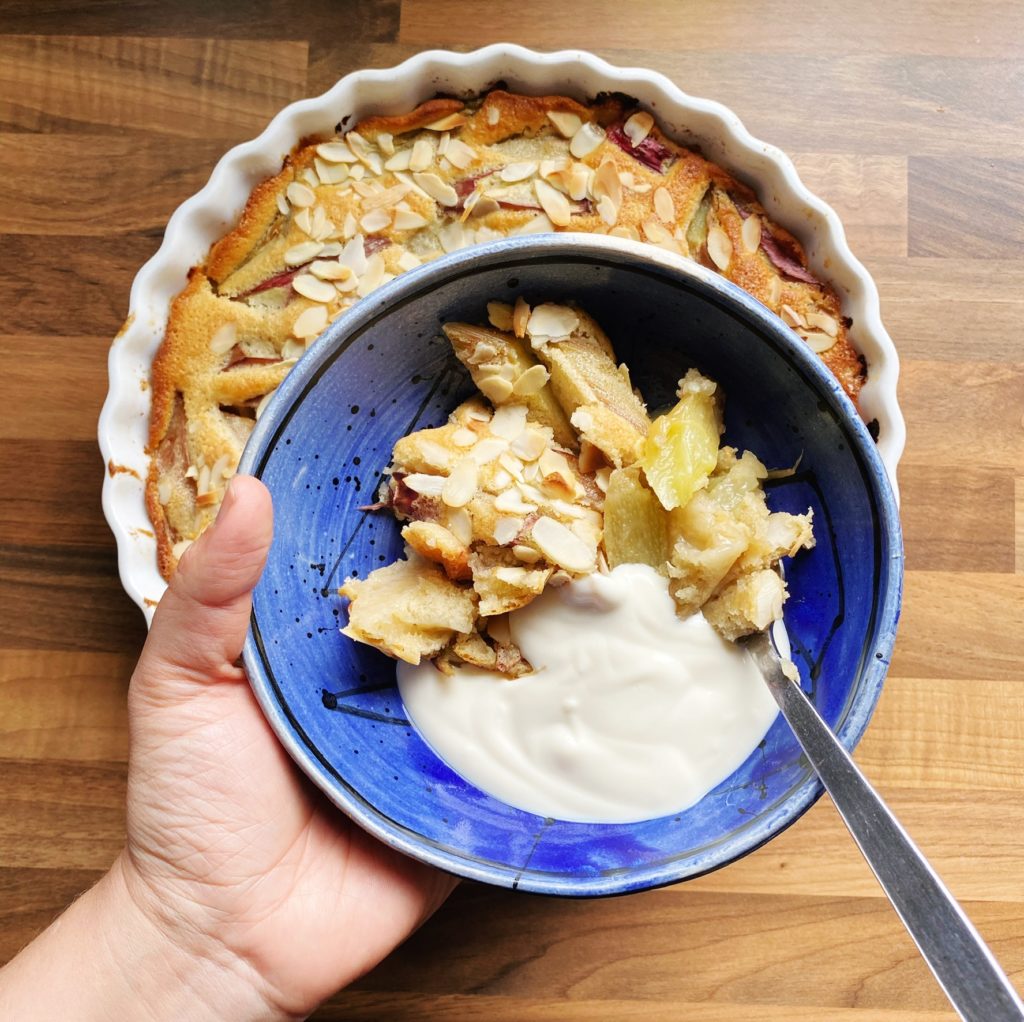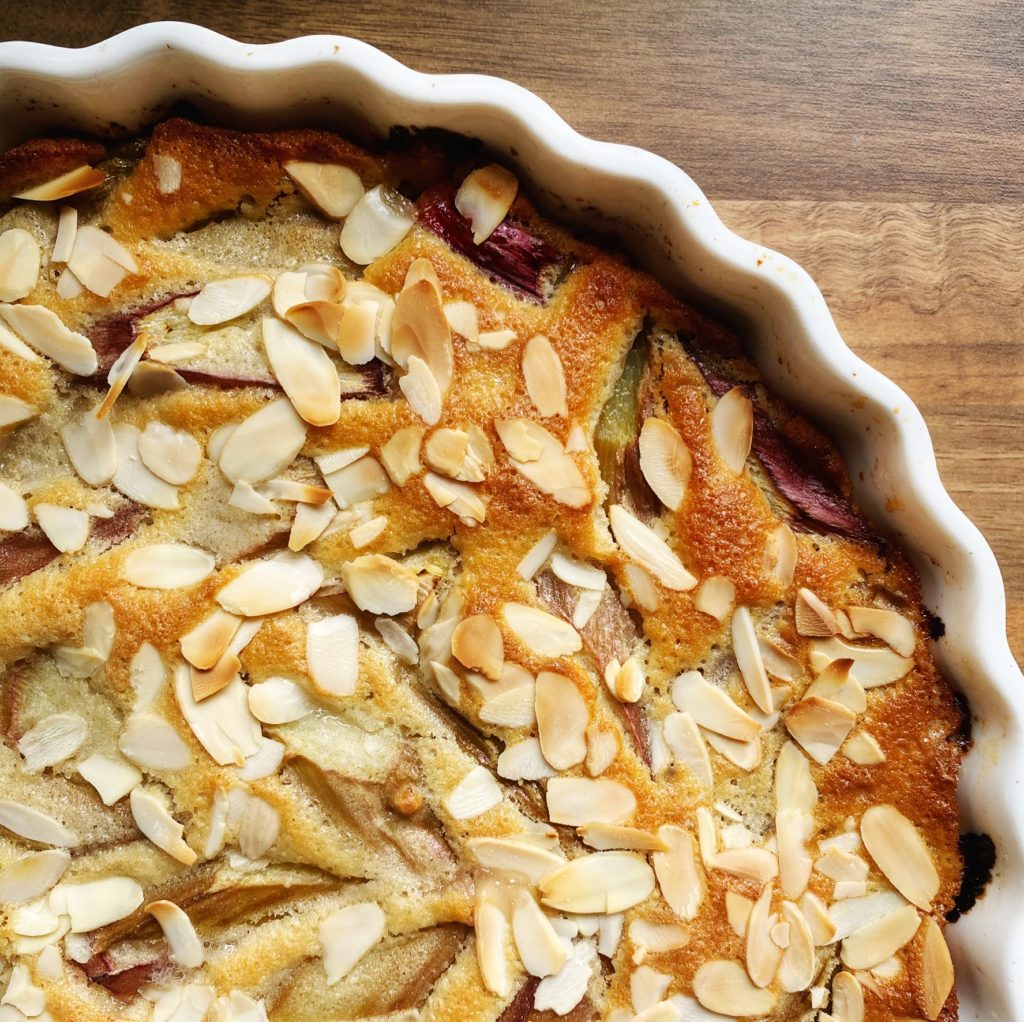Just under 1 million tonnes of fresh fruit and vegetables are imported into Ireland every year. Right now, we are in the hungry gap the period between the end of old crops and the start of the first new season crops.
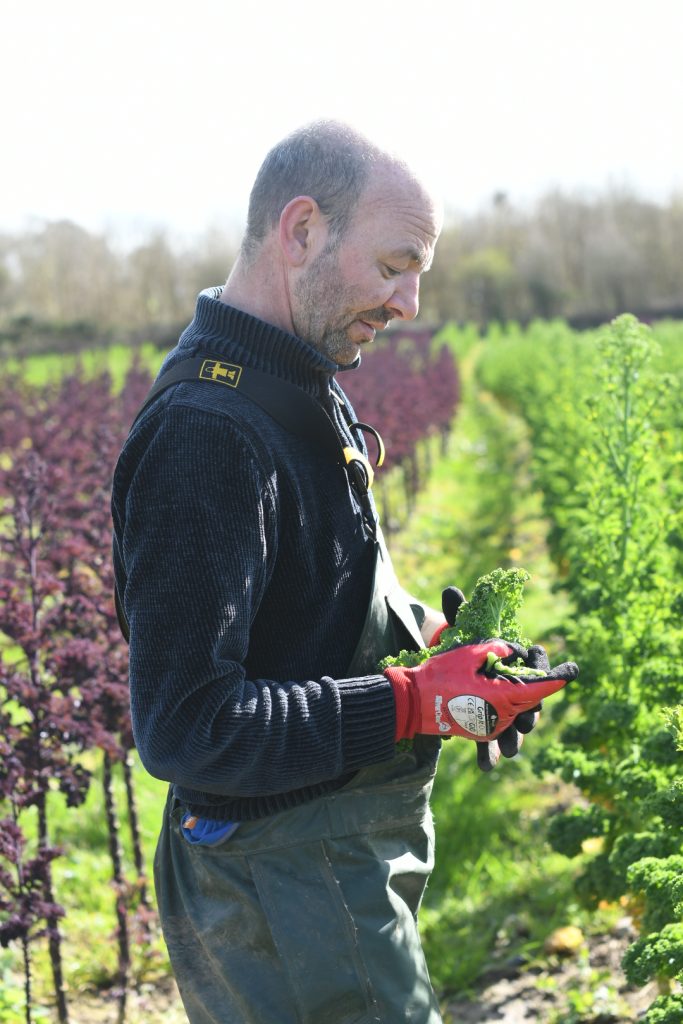
We are lucky and still have a fair supply of Irish vegetables but it’s a tough time to source Irish produce. We have a clear sourcing policy from our own farm, from other local organic farms, from Irish organic farms, from European organic farms and finally from further afield but never airfreighted and generally plastic free.Even so the figure above is shocking because it wasn’t always the case there has been a 42% increase in the amount of fresh produce imported since 1992 as Irish production has collapsed. It’s a tough industry to be in and farmers are opting out with good reason.
This represents the loss of a valuable craft, once it is gone it is gone for good, because even though growing food requires a modern scientific approach it also requires understanding for what will and will not work, this comes with time and experience. It is very difficult to bring back a farming industry like commercial veg growing once it is gone. It is sad then that now mostly we grow grass to feed an export led intensive meat and dairy industry. There is little time given to the humble veg grower be it organic or otherwise, given that government and lobbying bodies are focused on beef and dairy. Couple that with weather which makes the complex nature of veg growing even more challenging and loss leading by supermarkets, and you have a perfect storm for the decimation of our veg industry.
It is interesting and not really any surprise then, that organic carrots and even organic potatoes from a well-known large supermarket chain may hail from Israel, check out their website.
We openly acknowledge that we import where necessary and as we have just finished our Irish organic carrot crop from our amazing Irish organic carrot grower, Philip Dreaper from Coolnagrower organic produce in county Offaly our organic carrots are now coming from Spain. We have a partnership with Cameron in Battlemountain organic farm who grows organic potatoes for us and will keep us supplied for the year. So, whatever you think about the madness that has beset the world right now, it seems unreasonable and unjust to me that we can’t have more veg grown right here in Ireland and not only that but more sustainable organic vegetables. Our grandparents did it that’s one generation maybe two ago and it was clearly possible.
On that note I am delighted that Emmanuel and his farm team have started the real and rewarding work of planting the first new season crops in our Polytunnel and that we are still harvesting crops from our own farm.
As always thank you for your support
Kenneth

